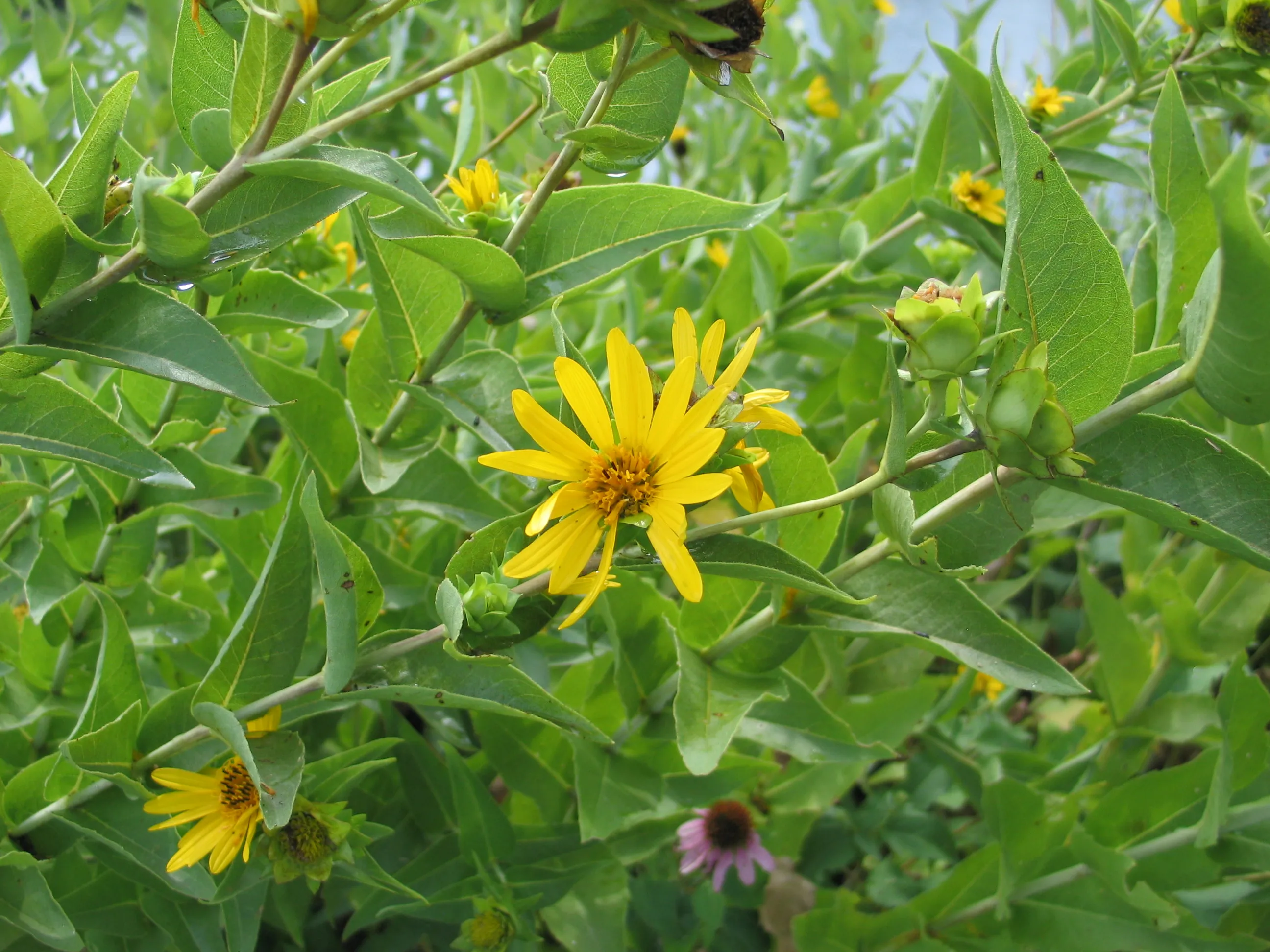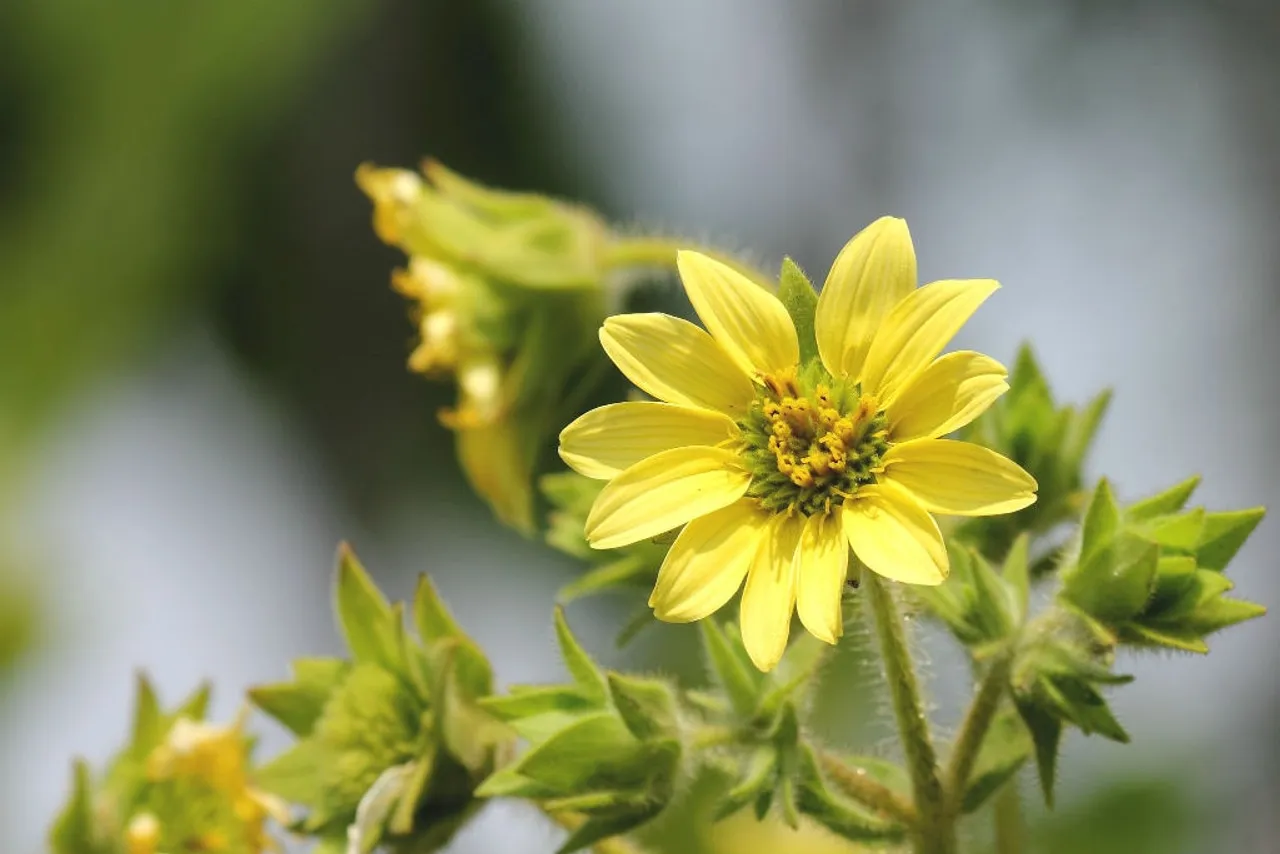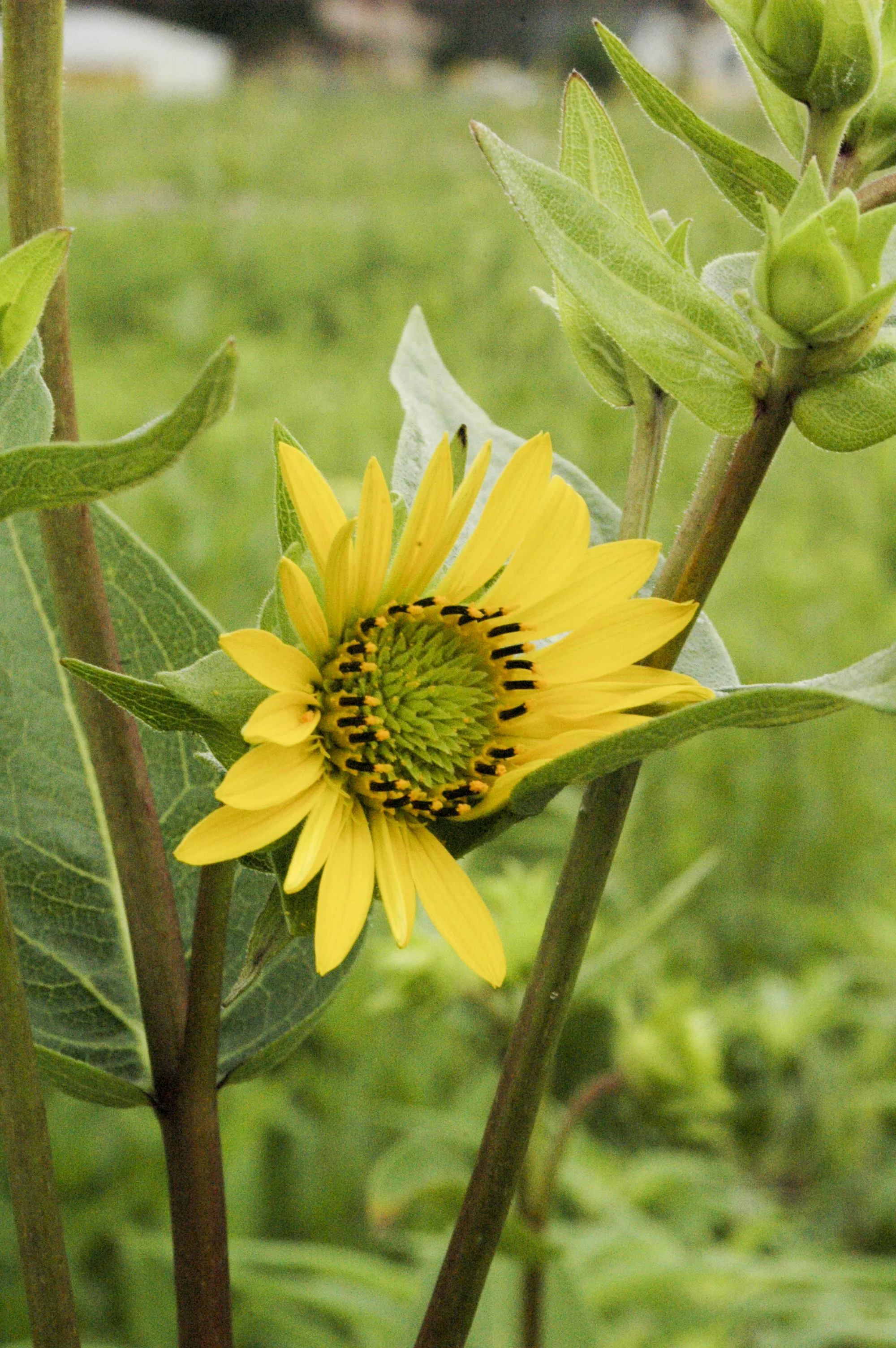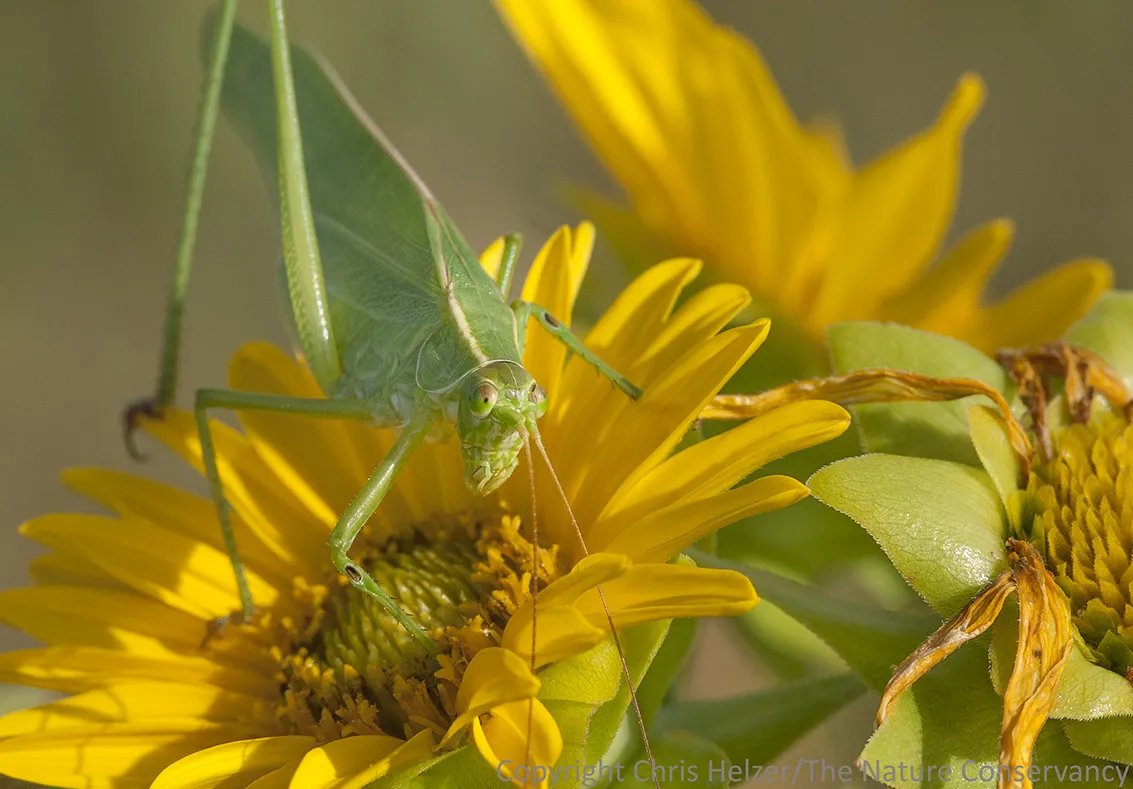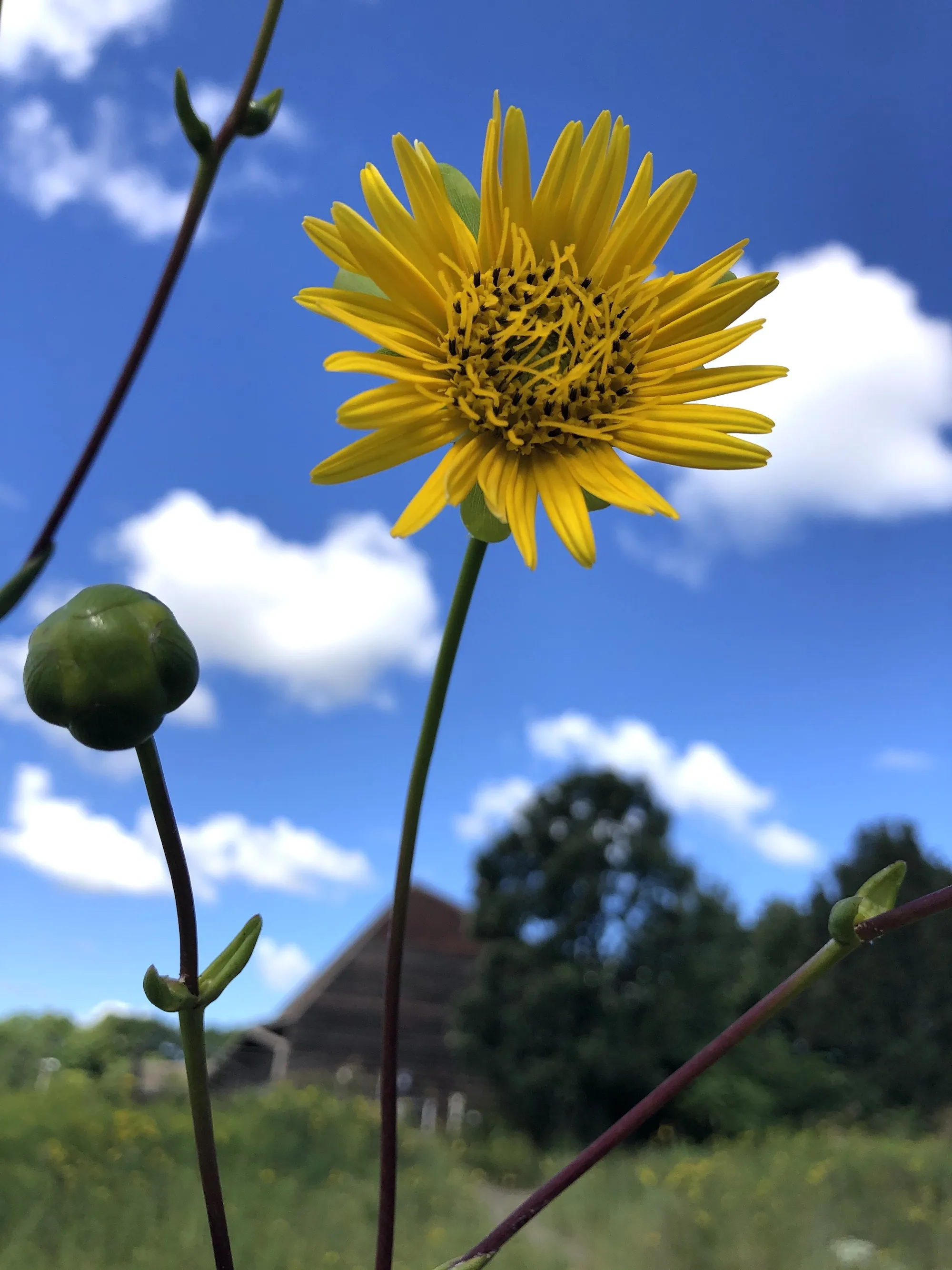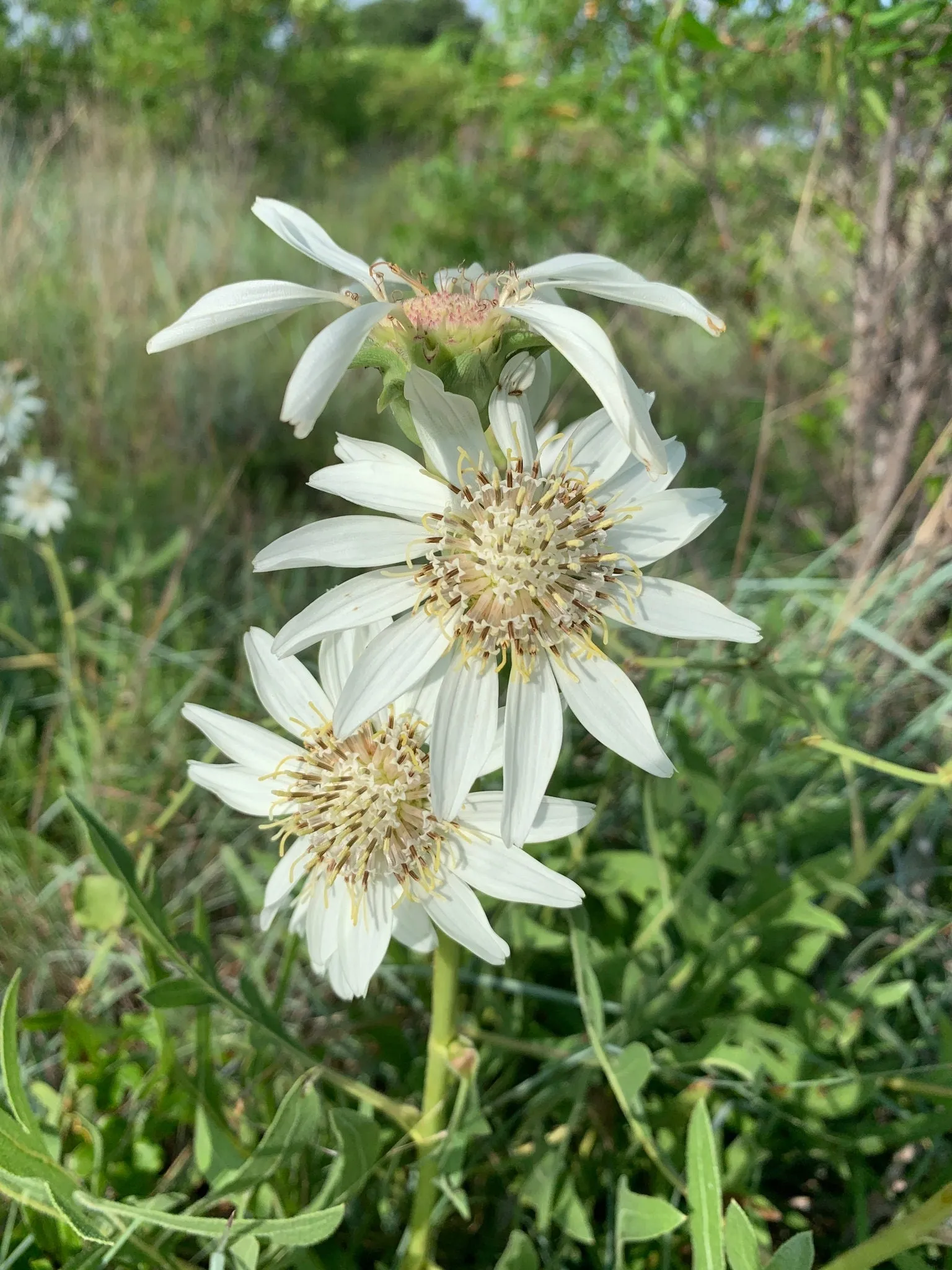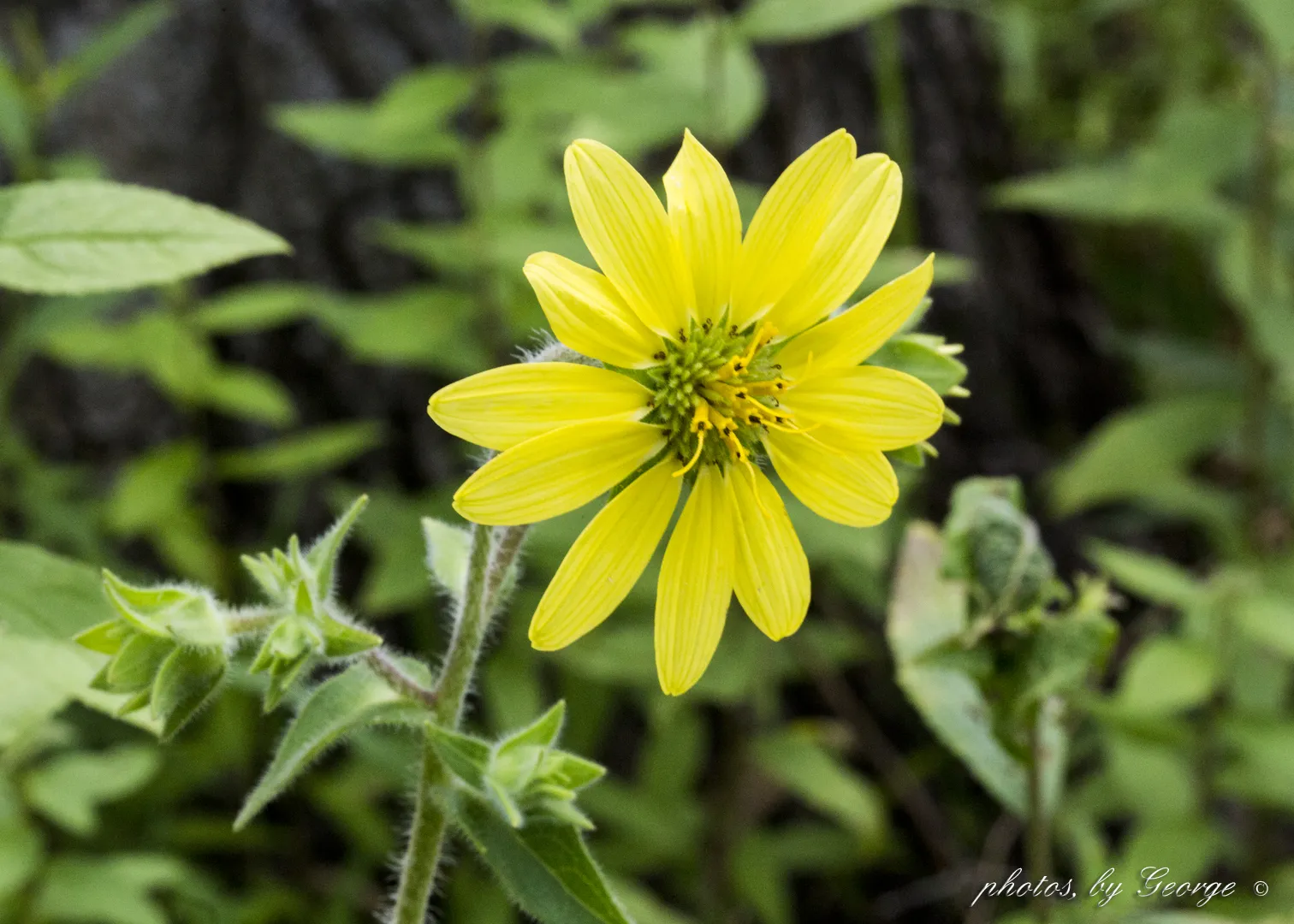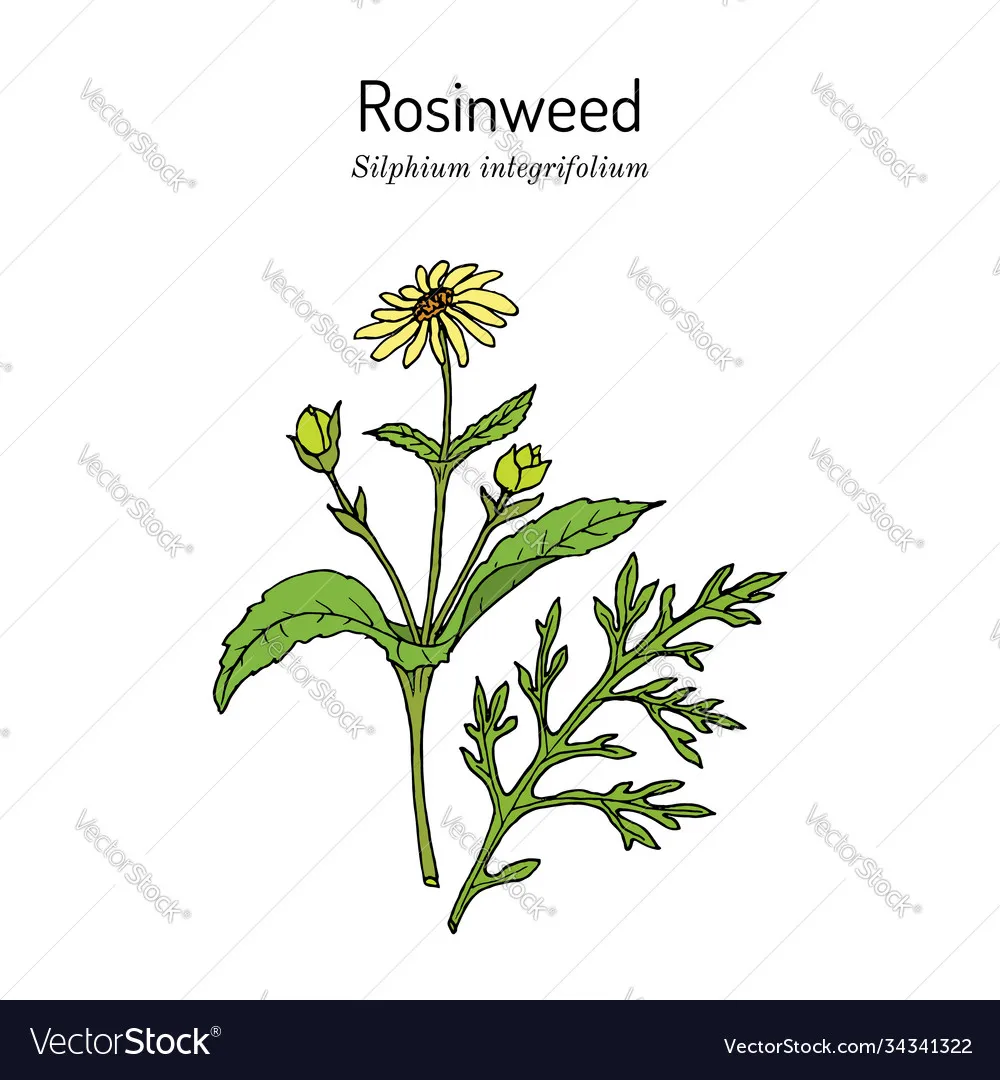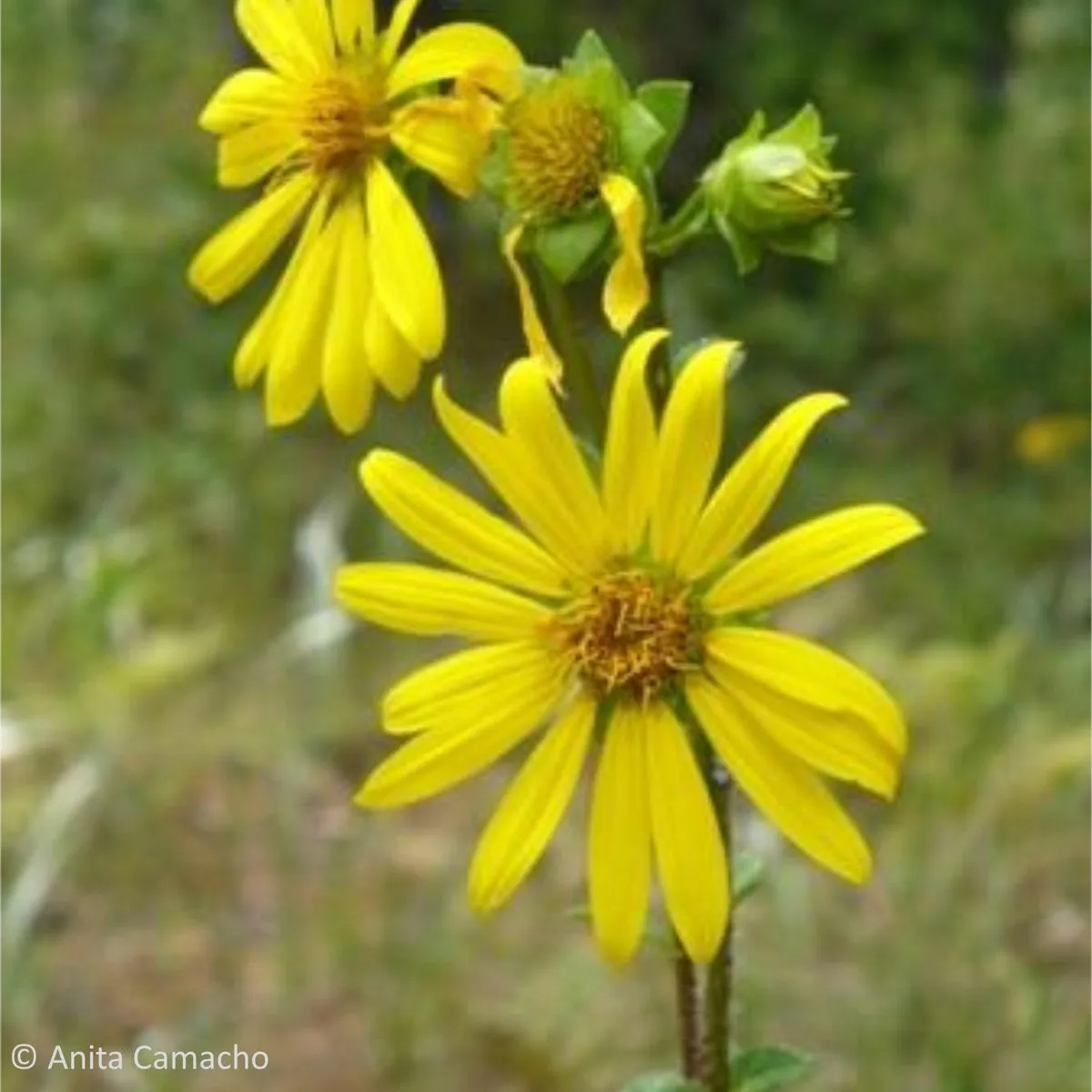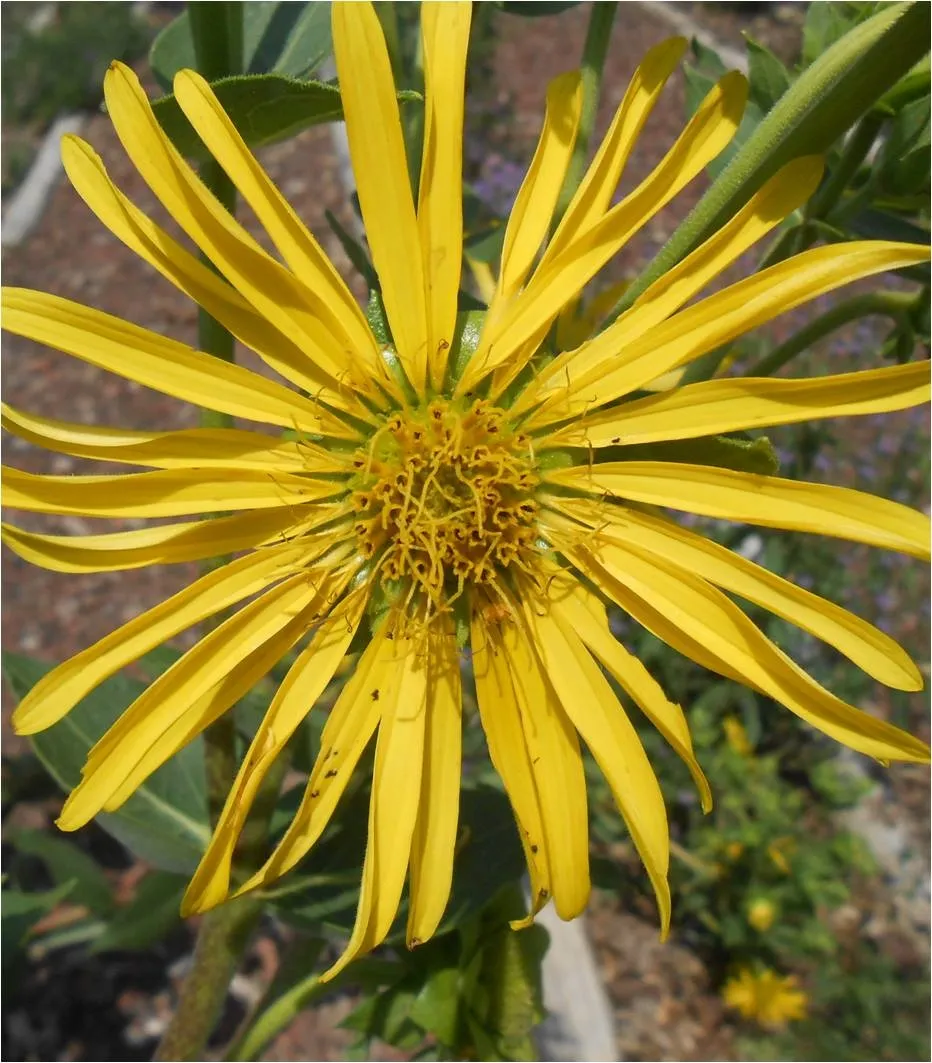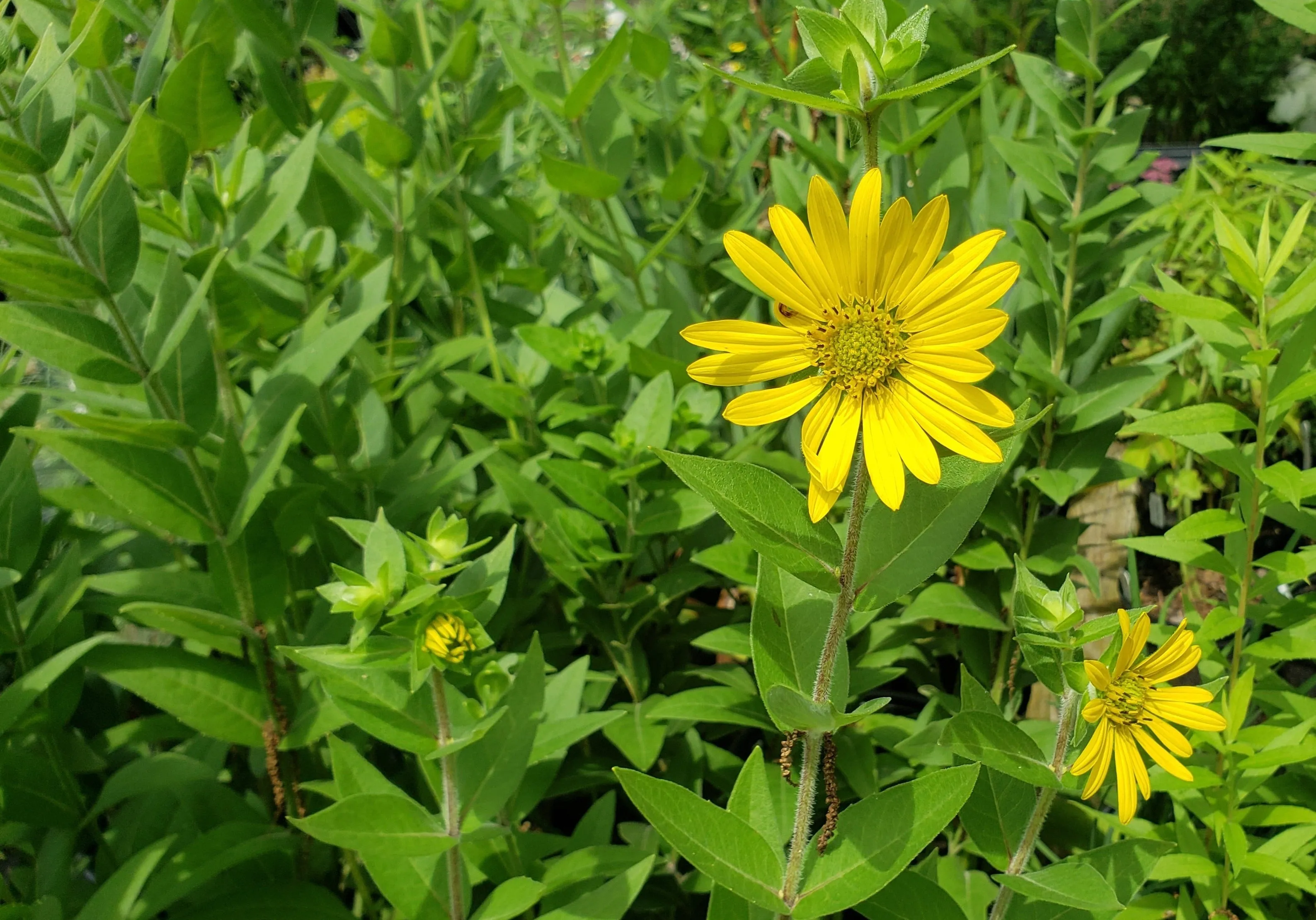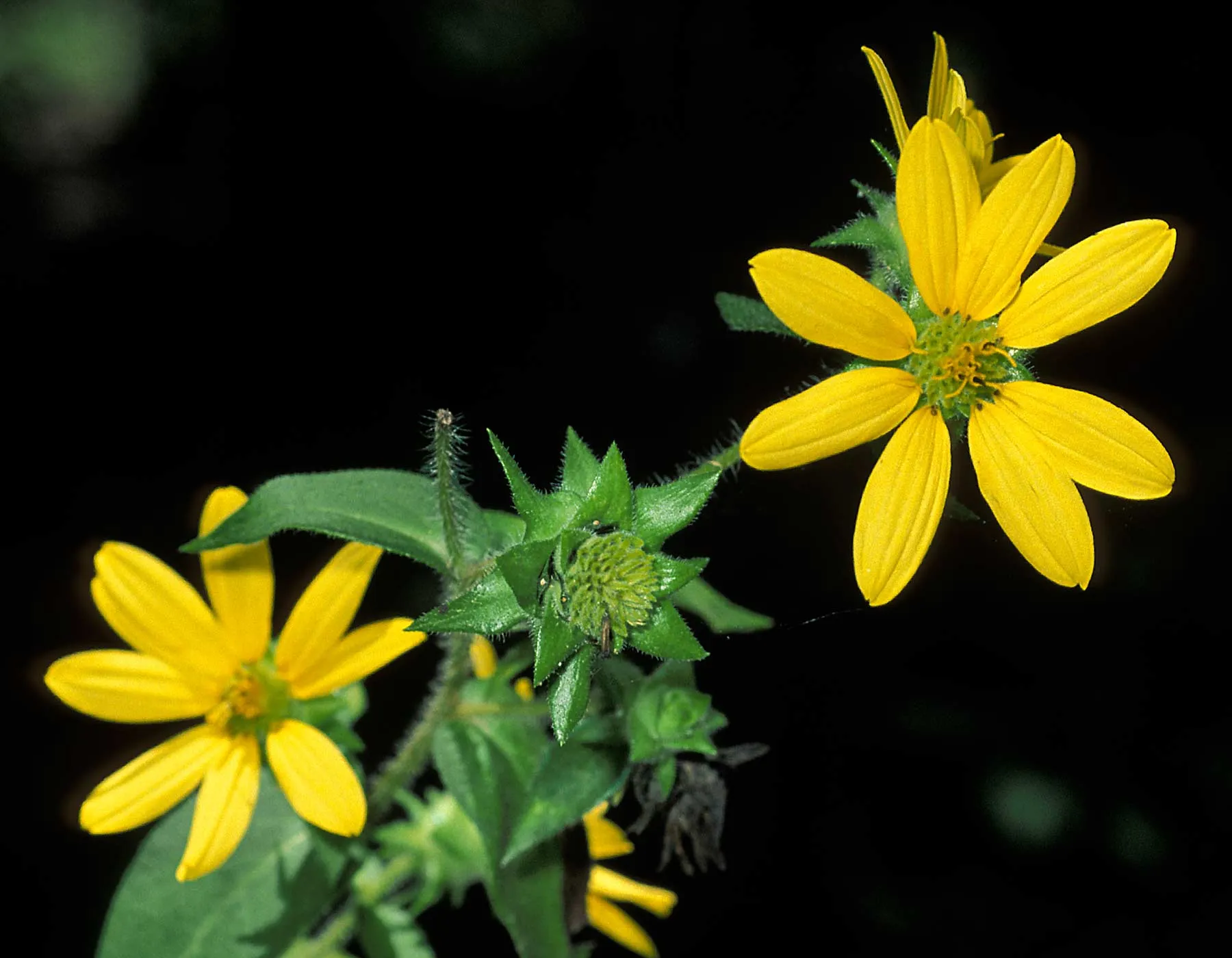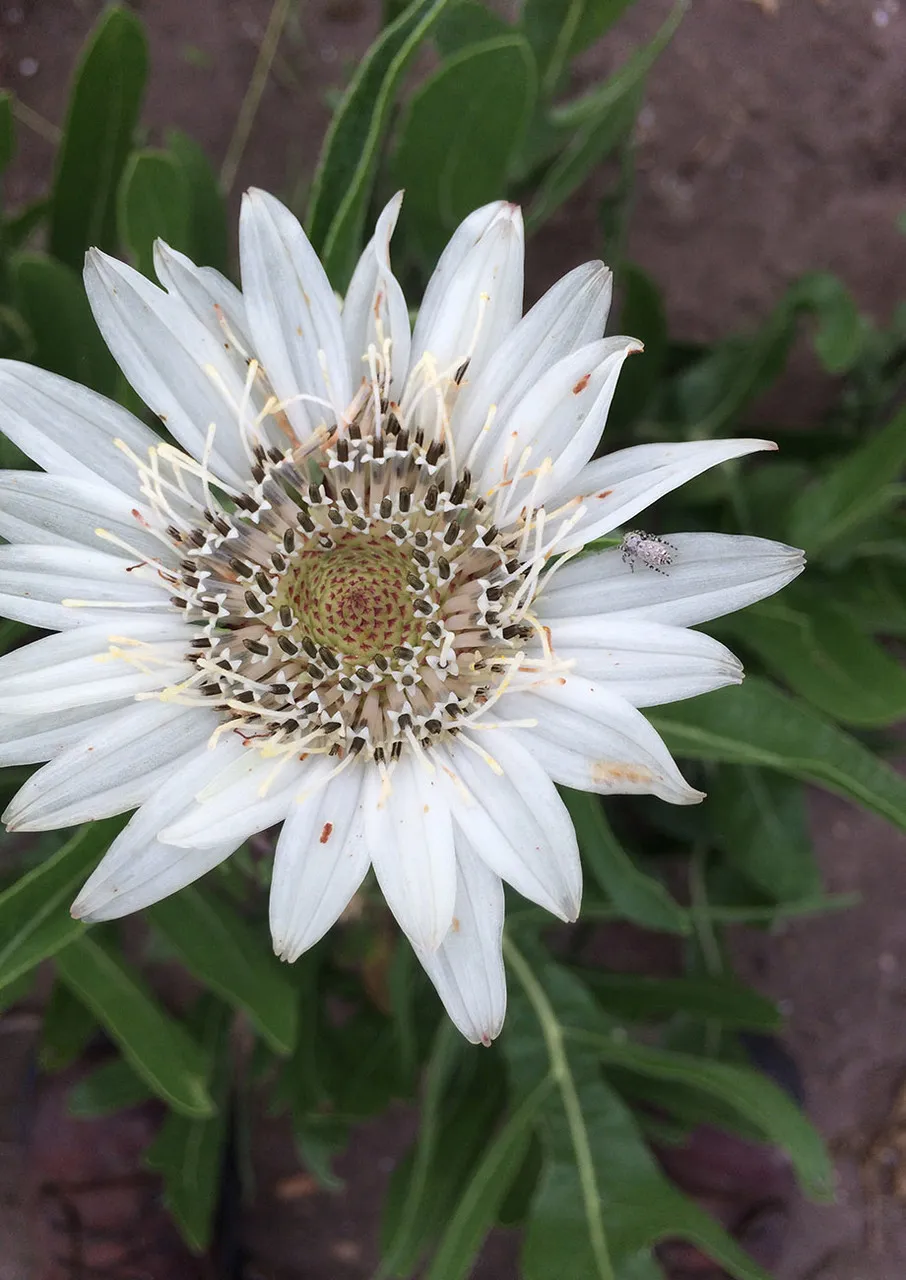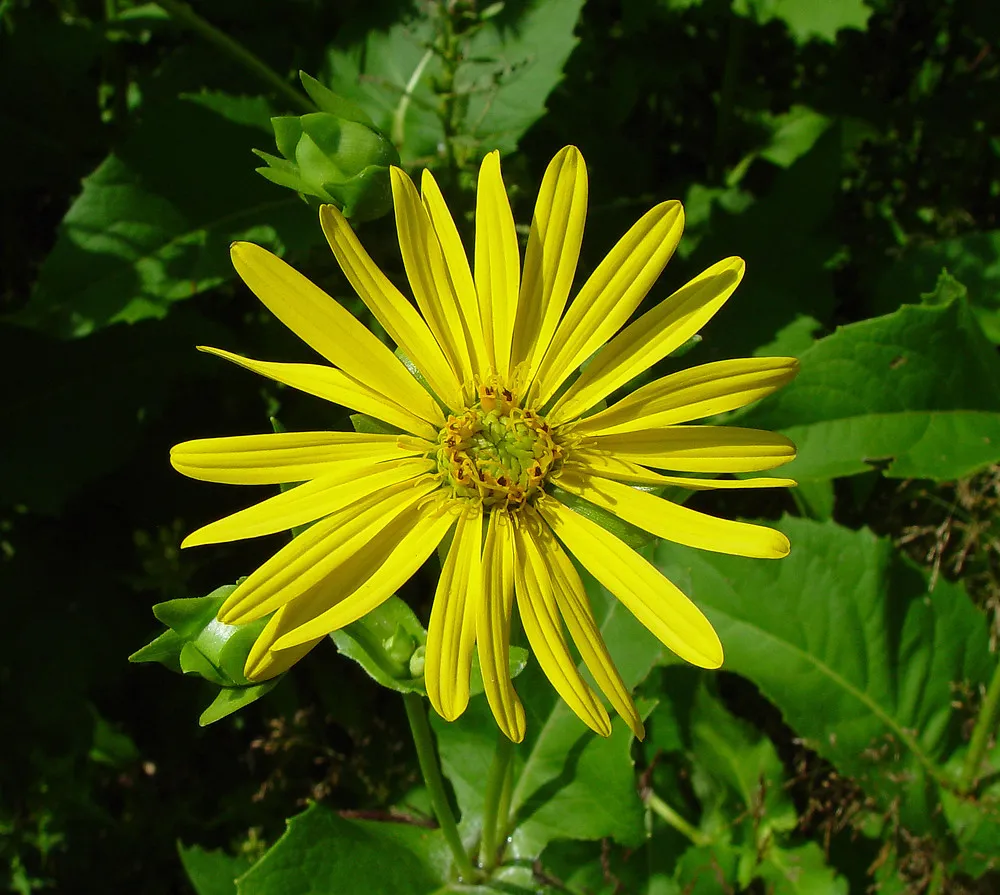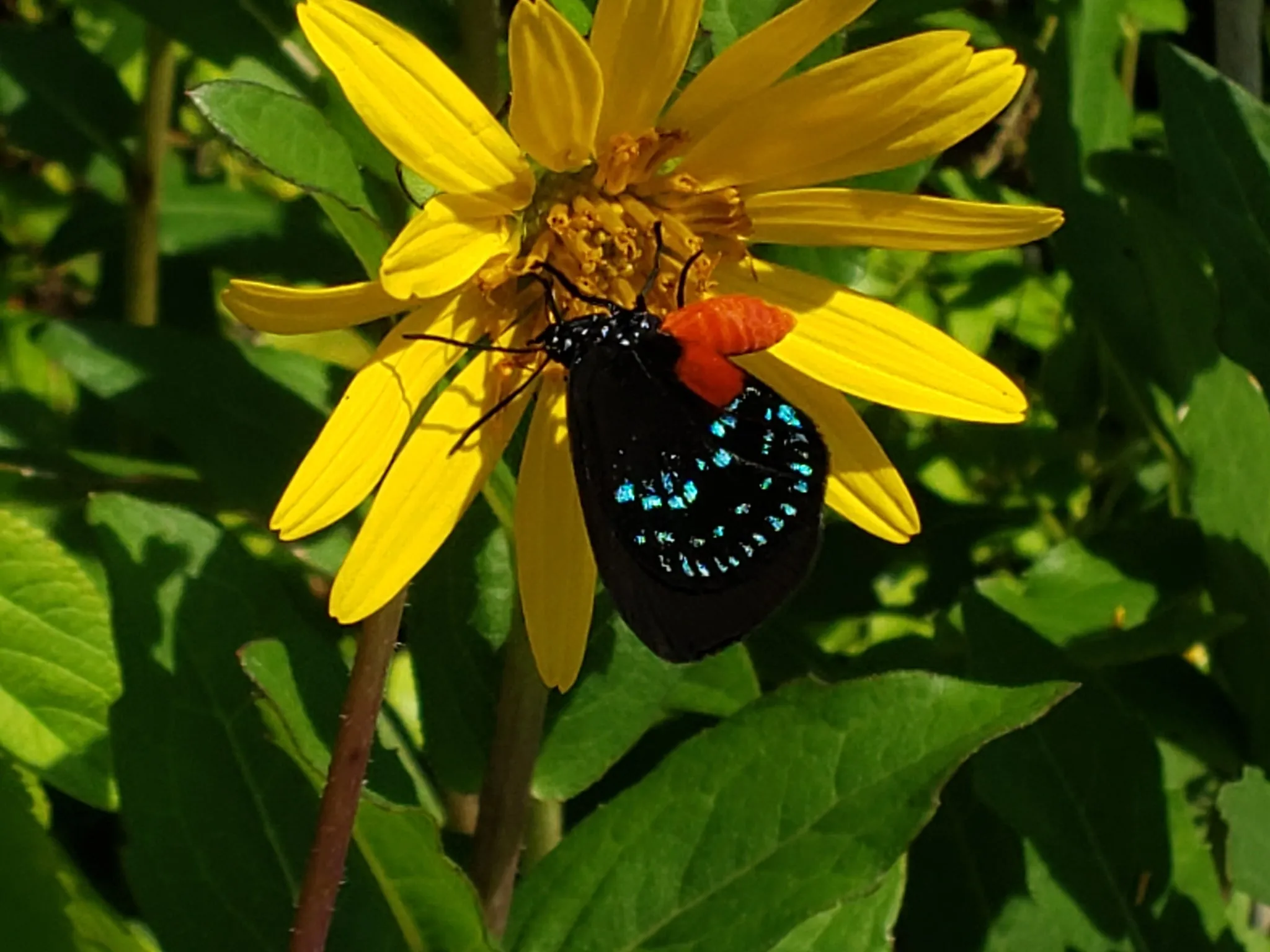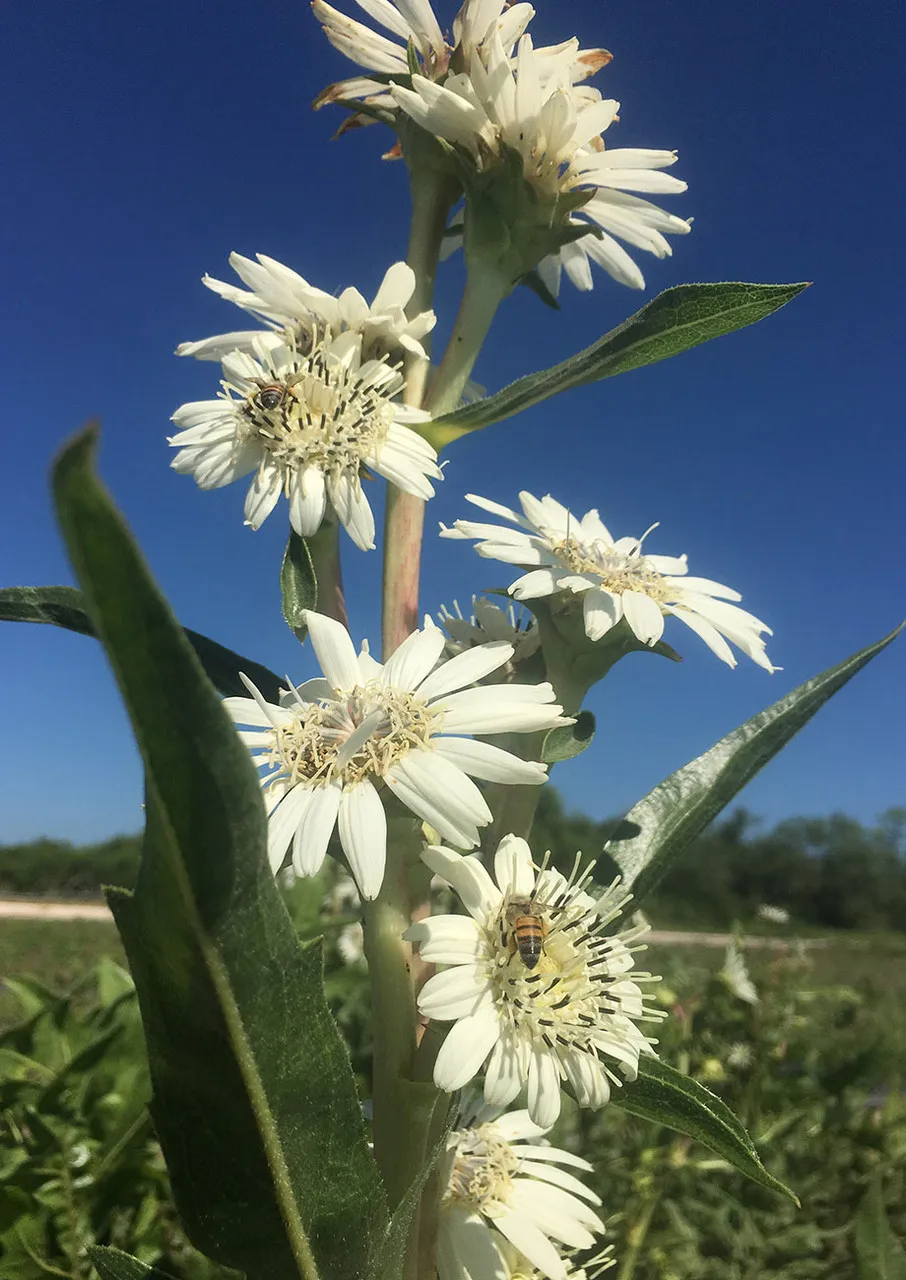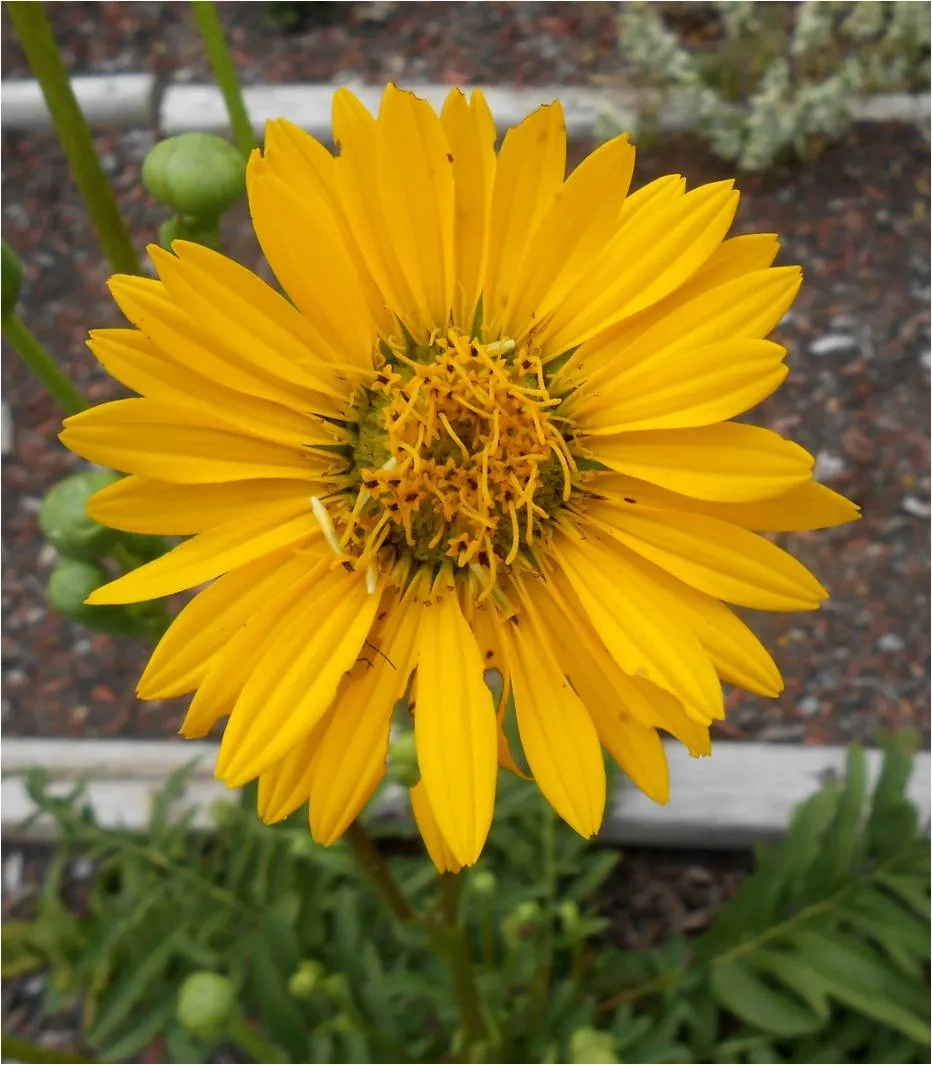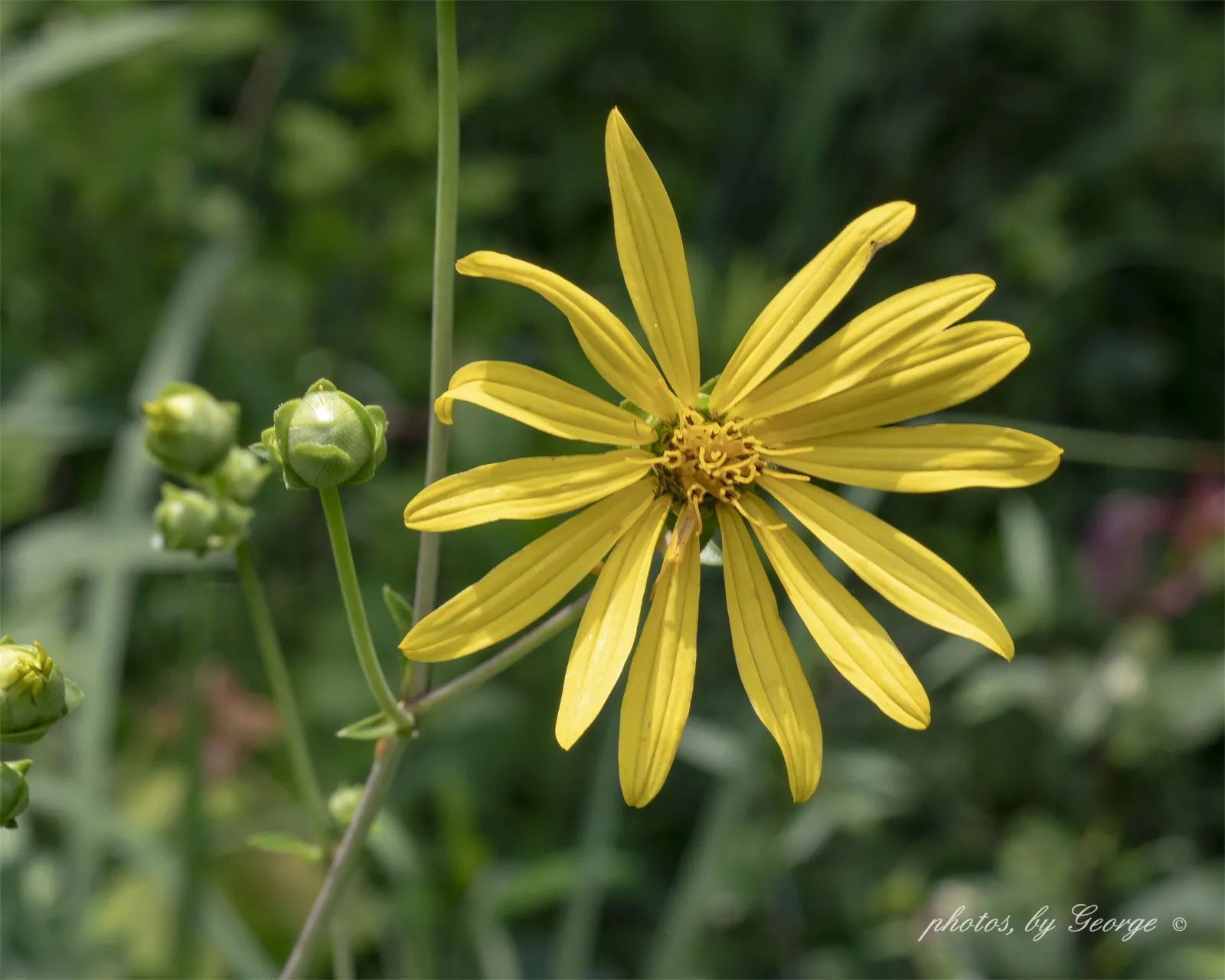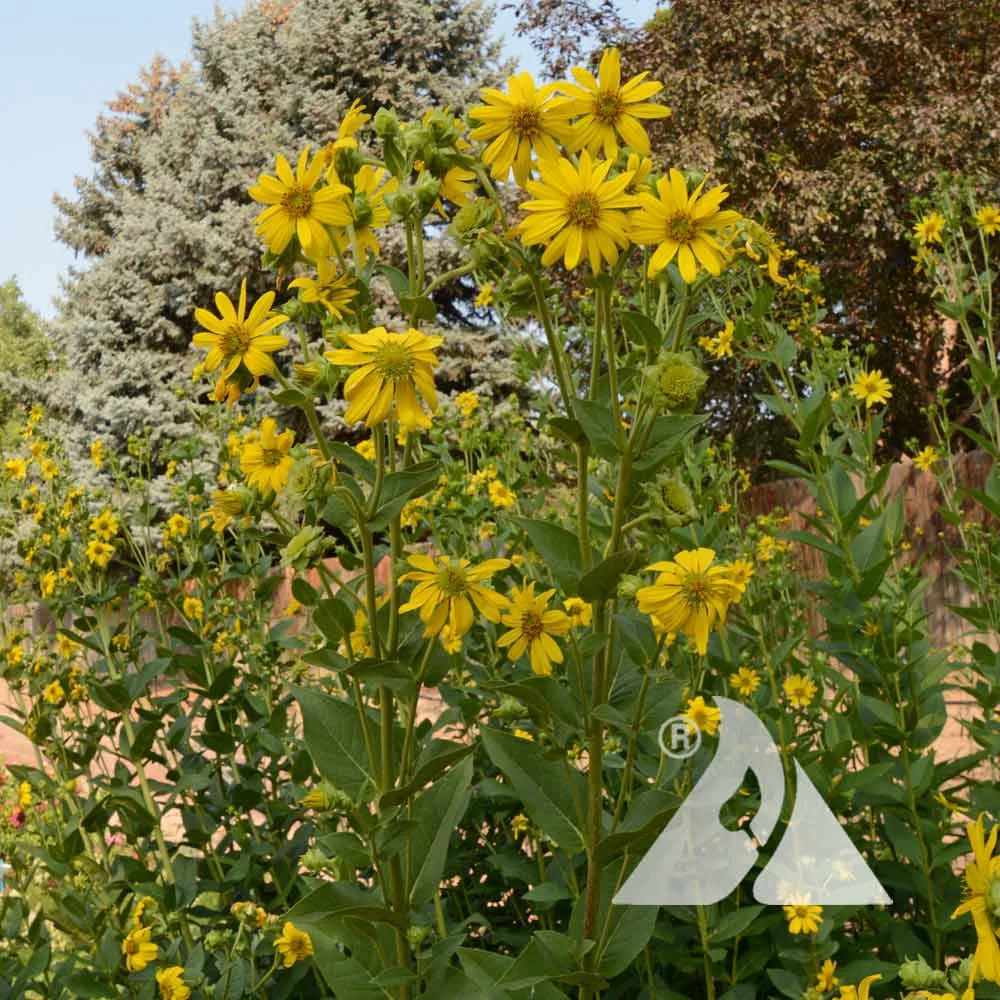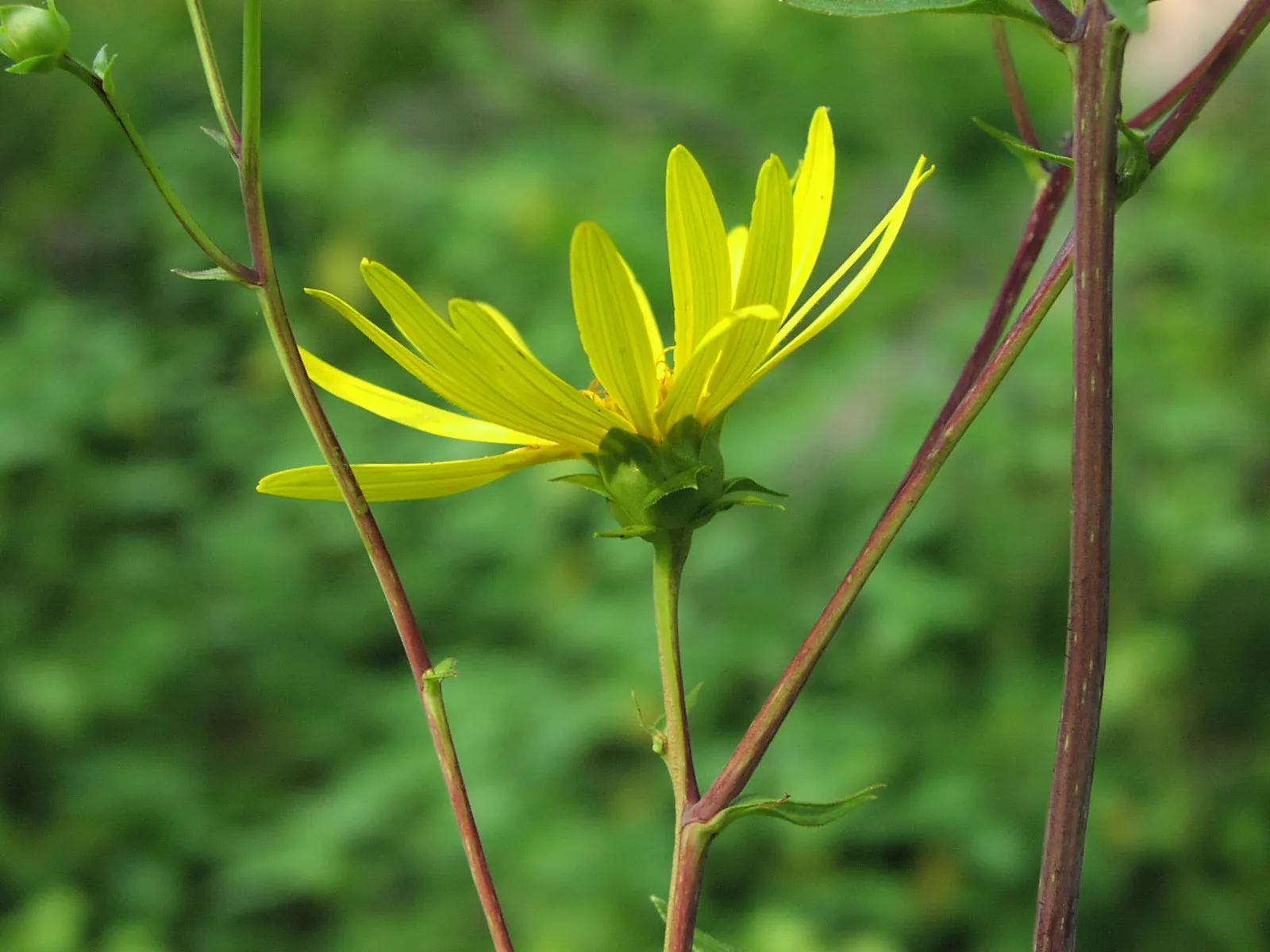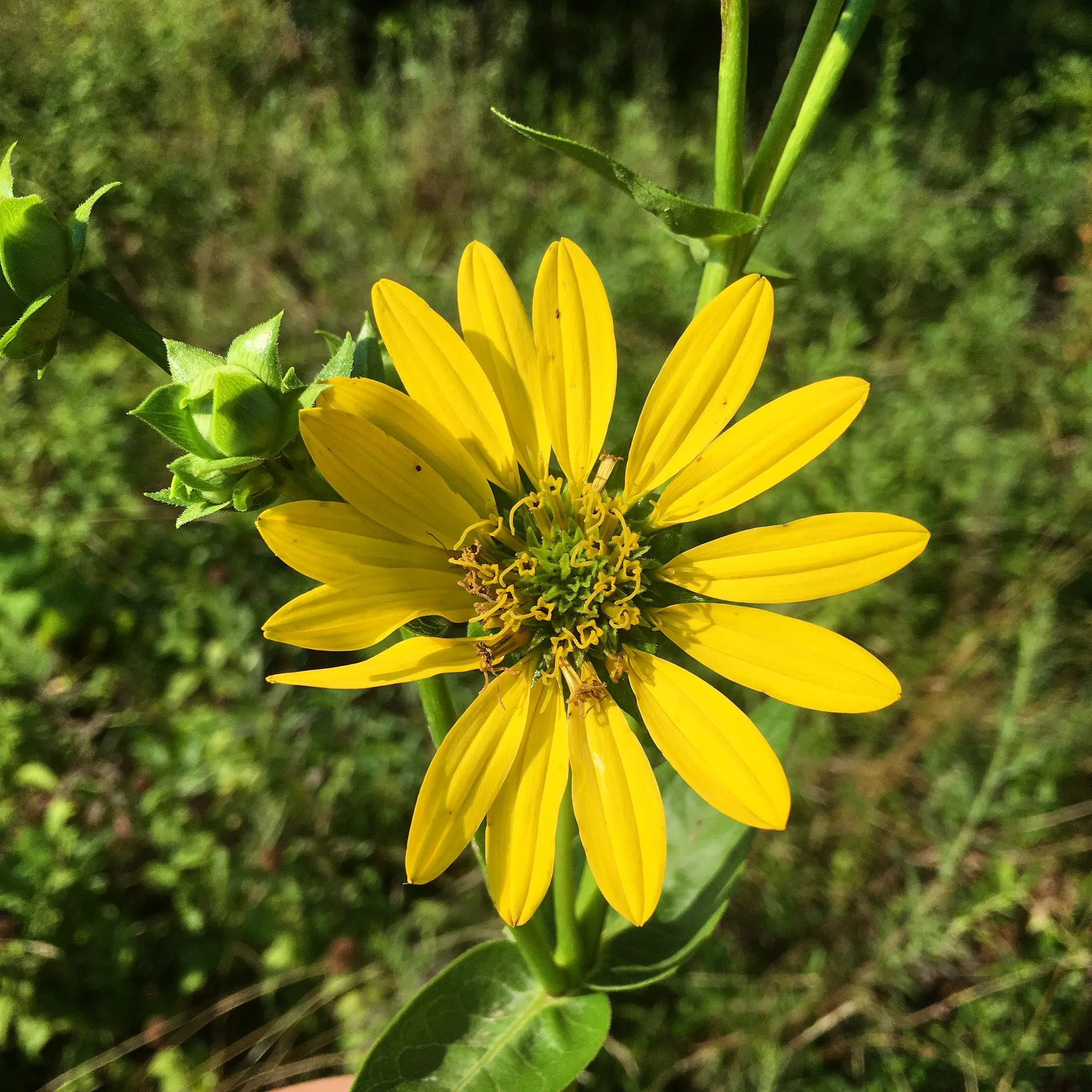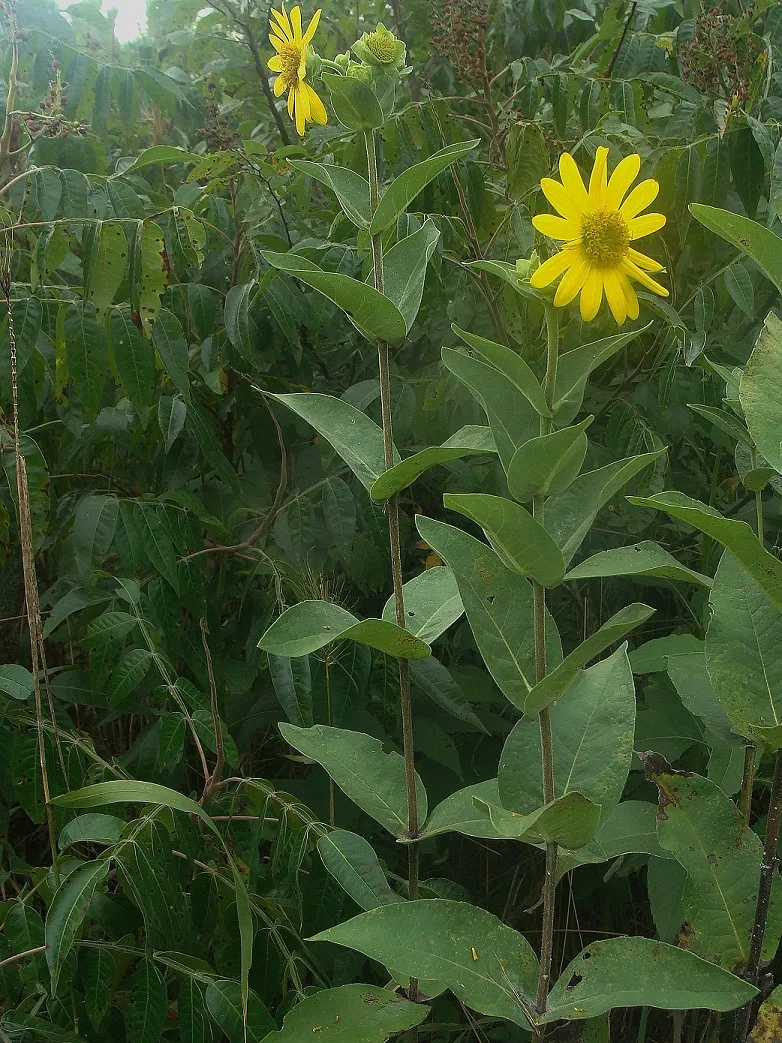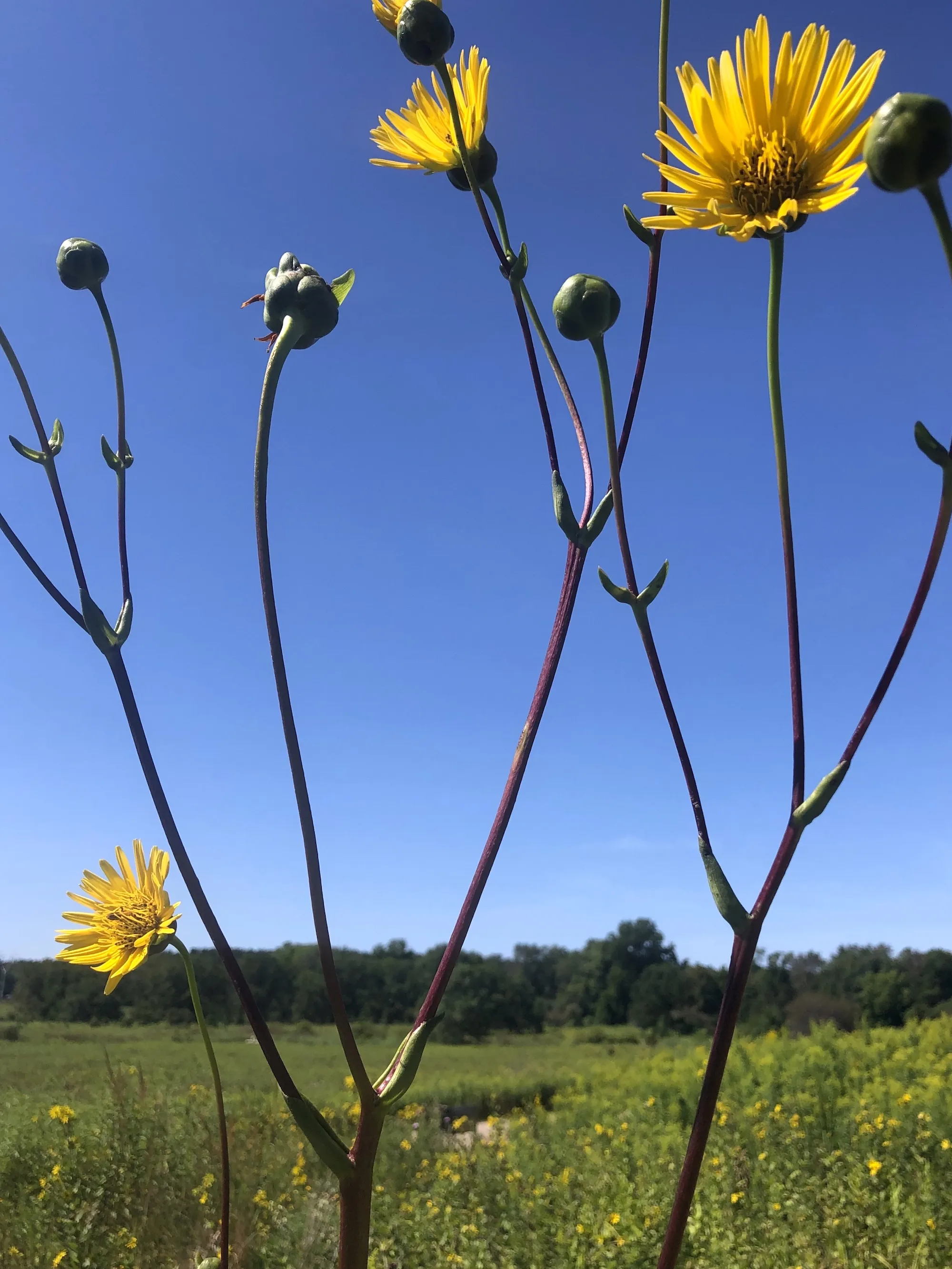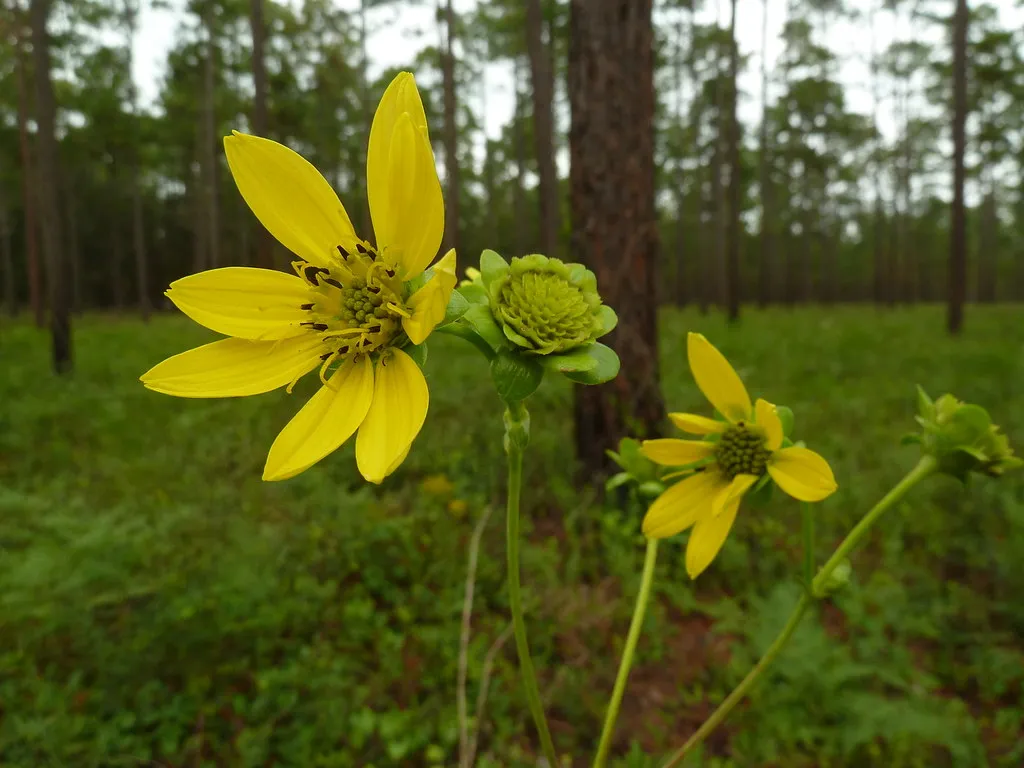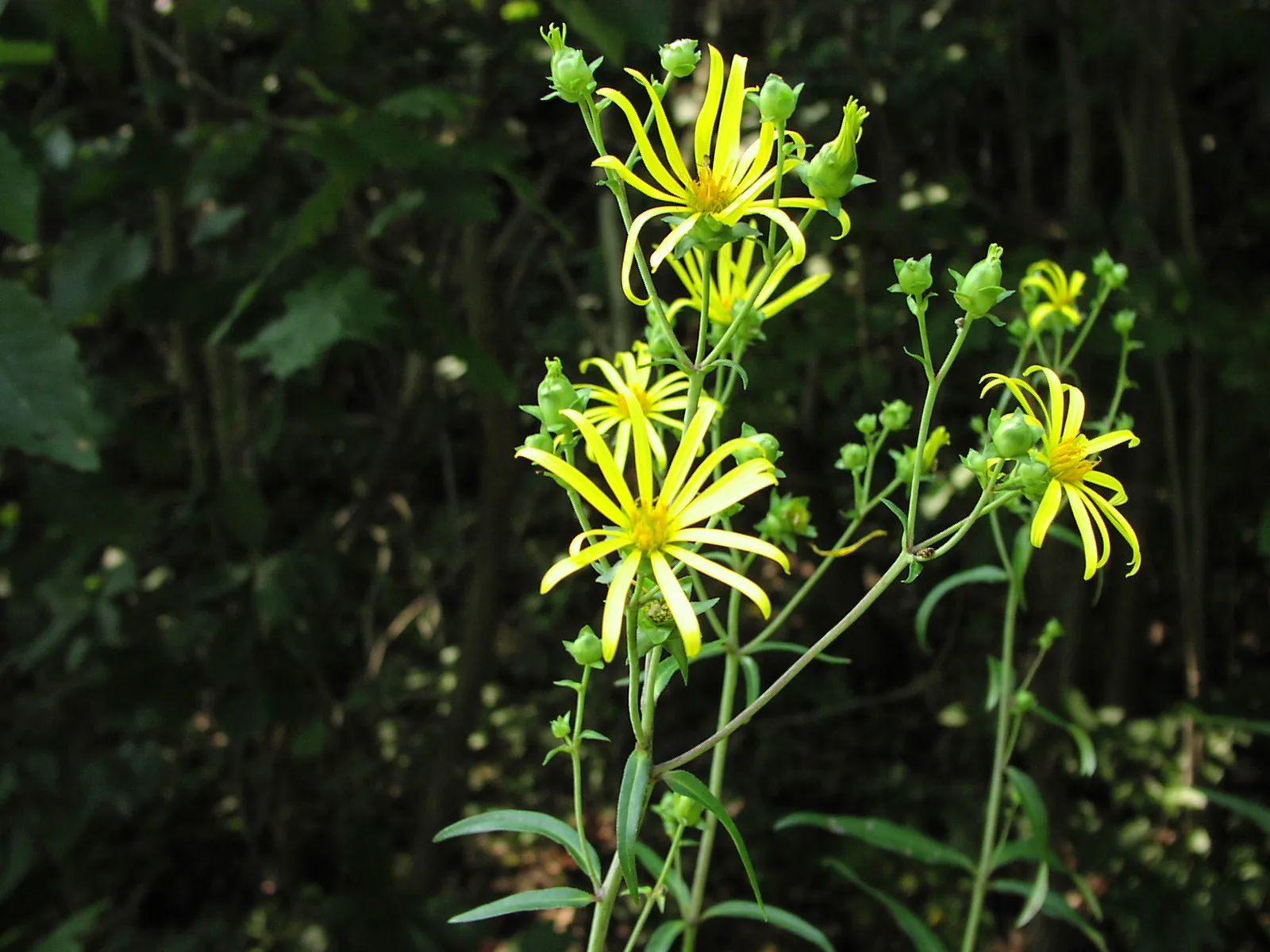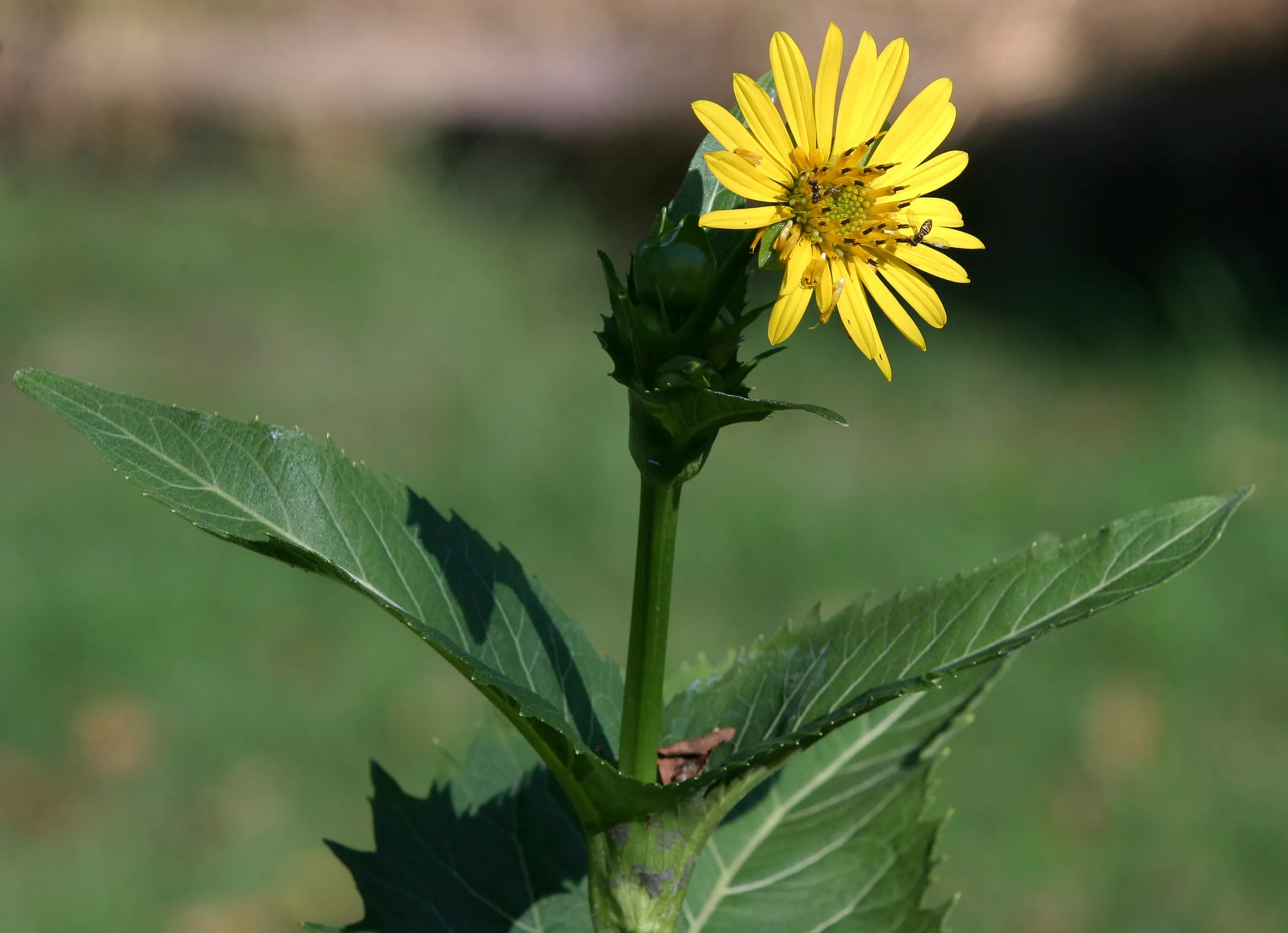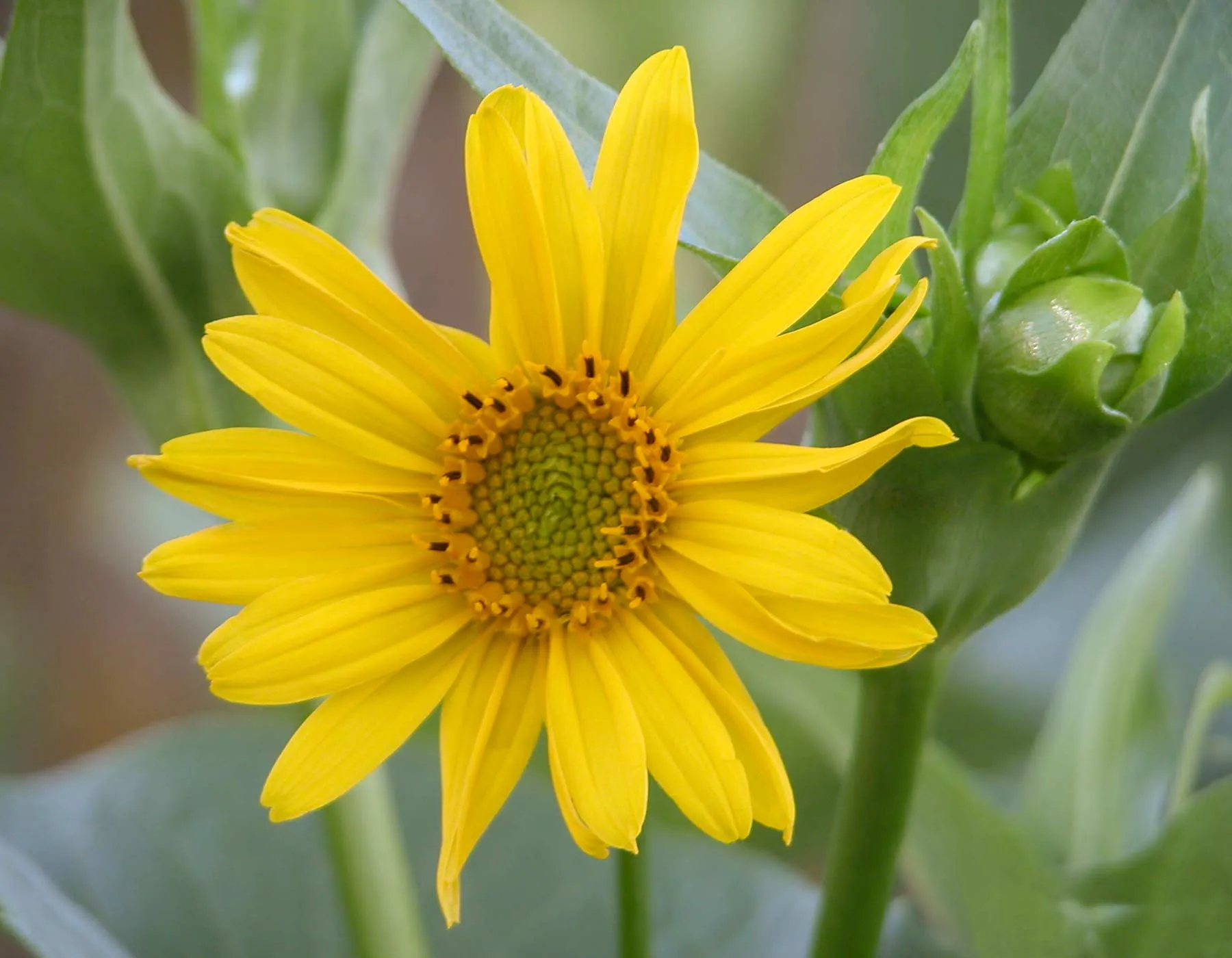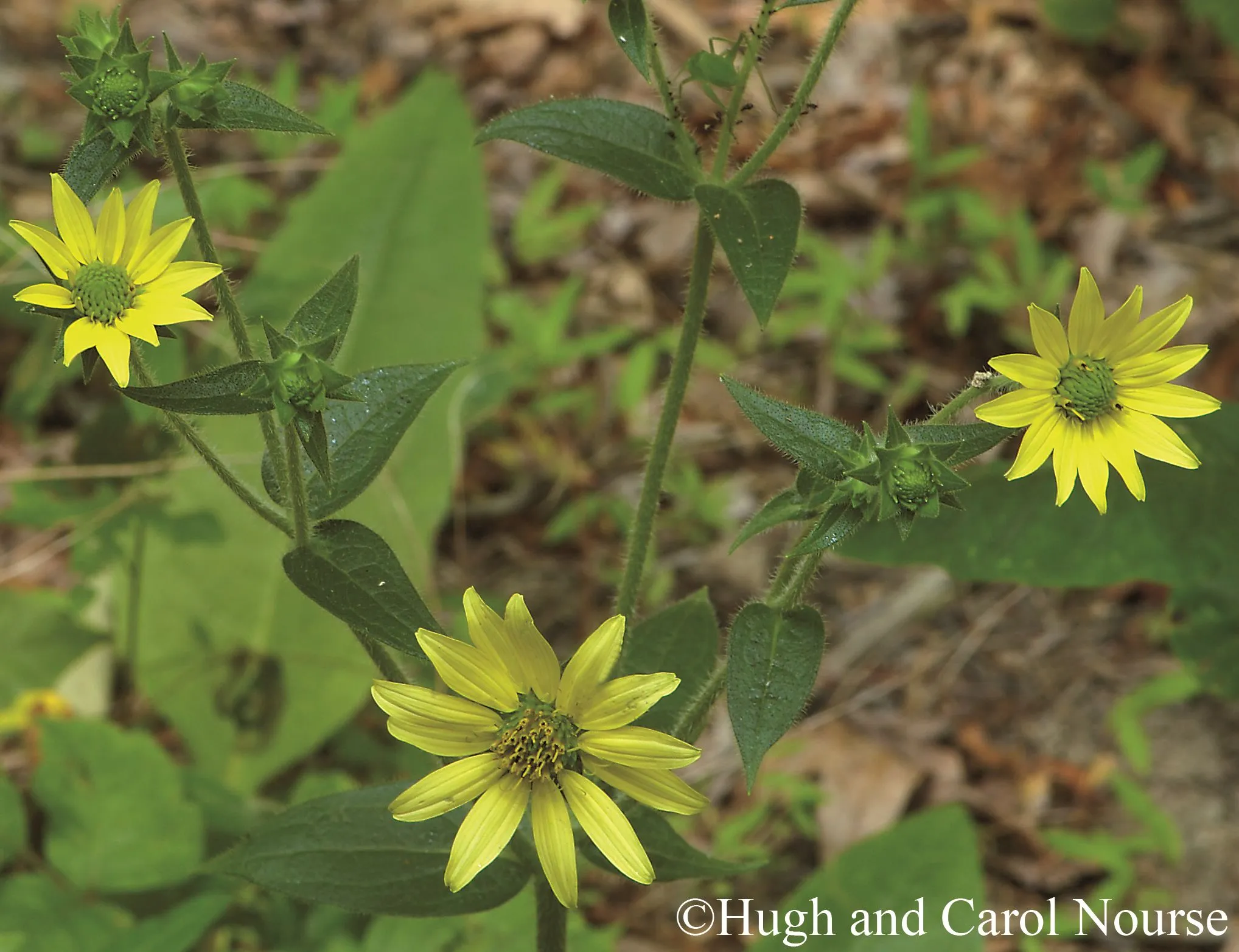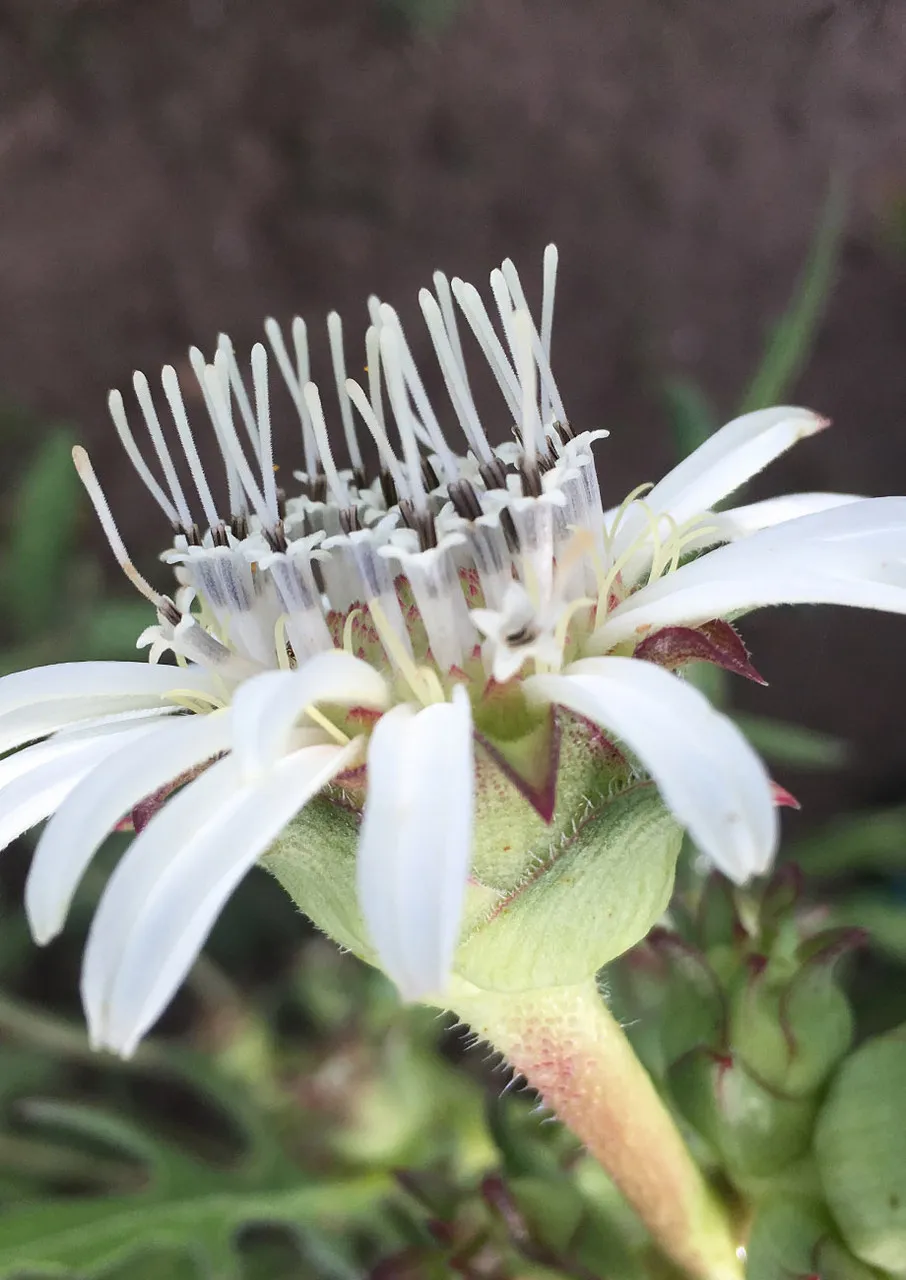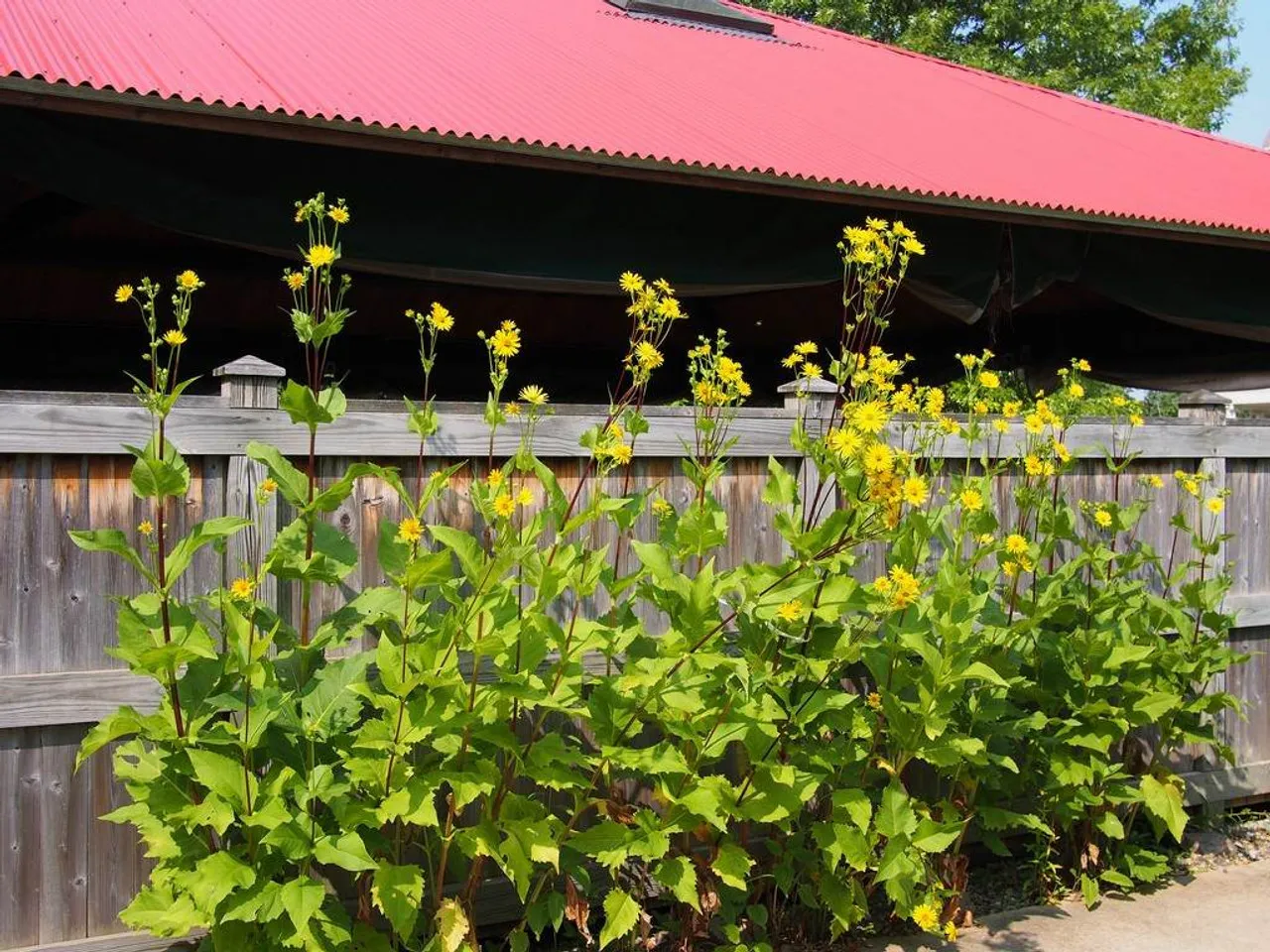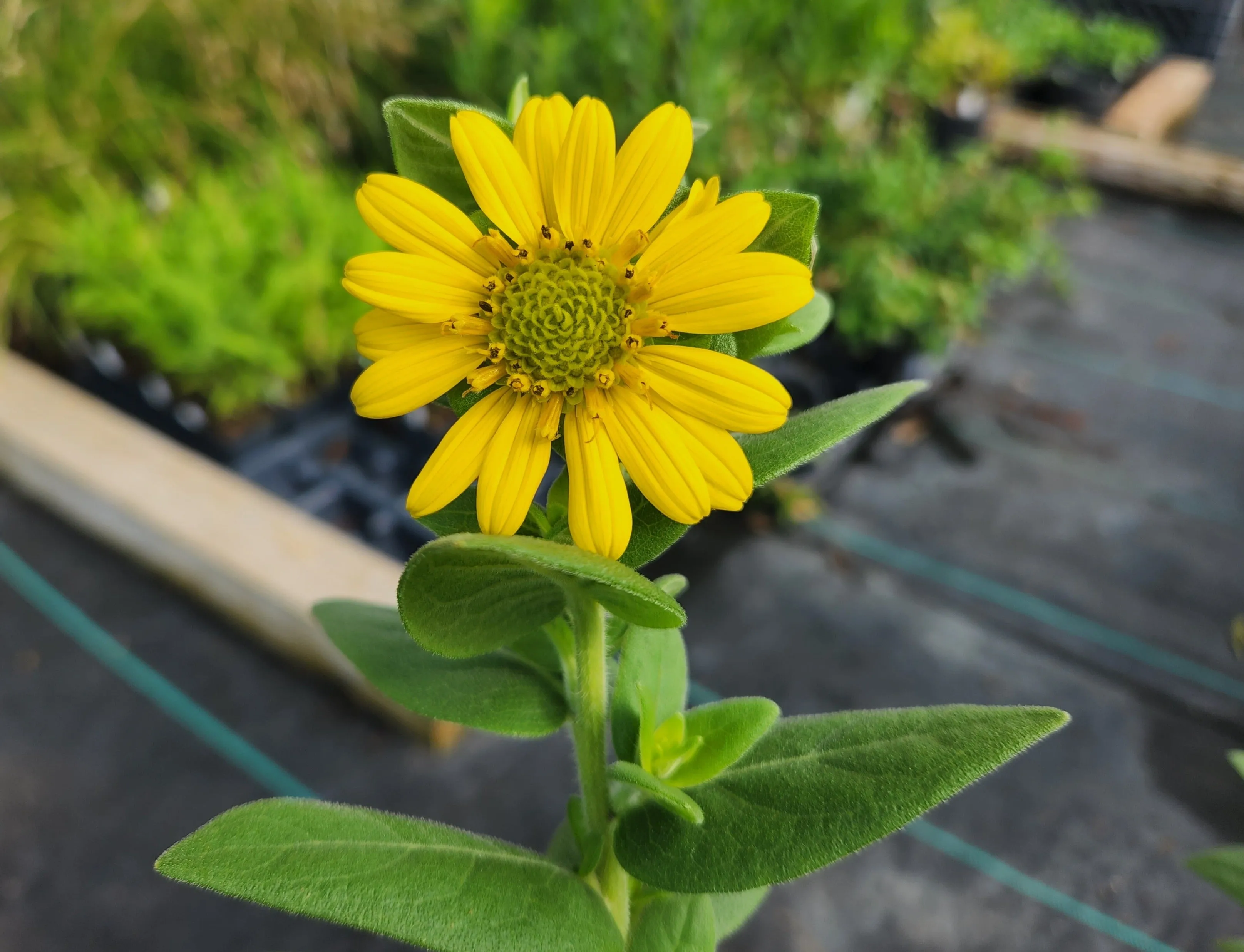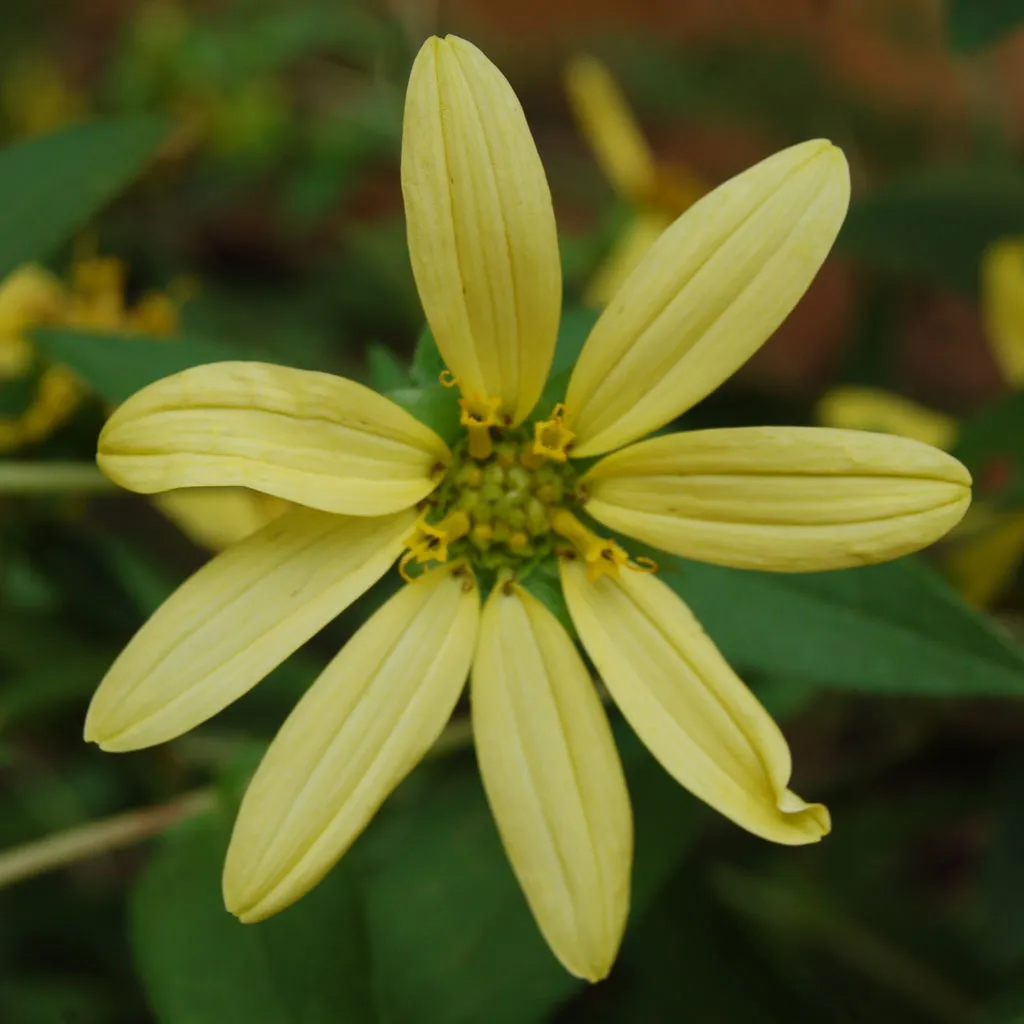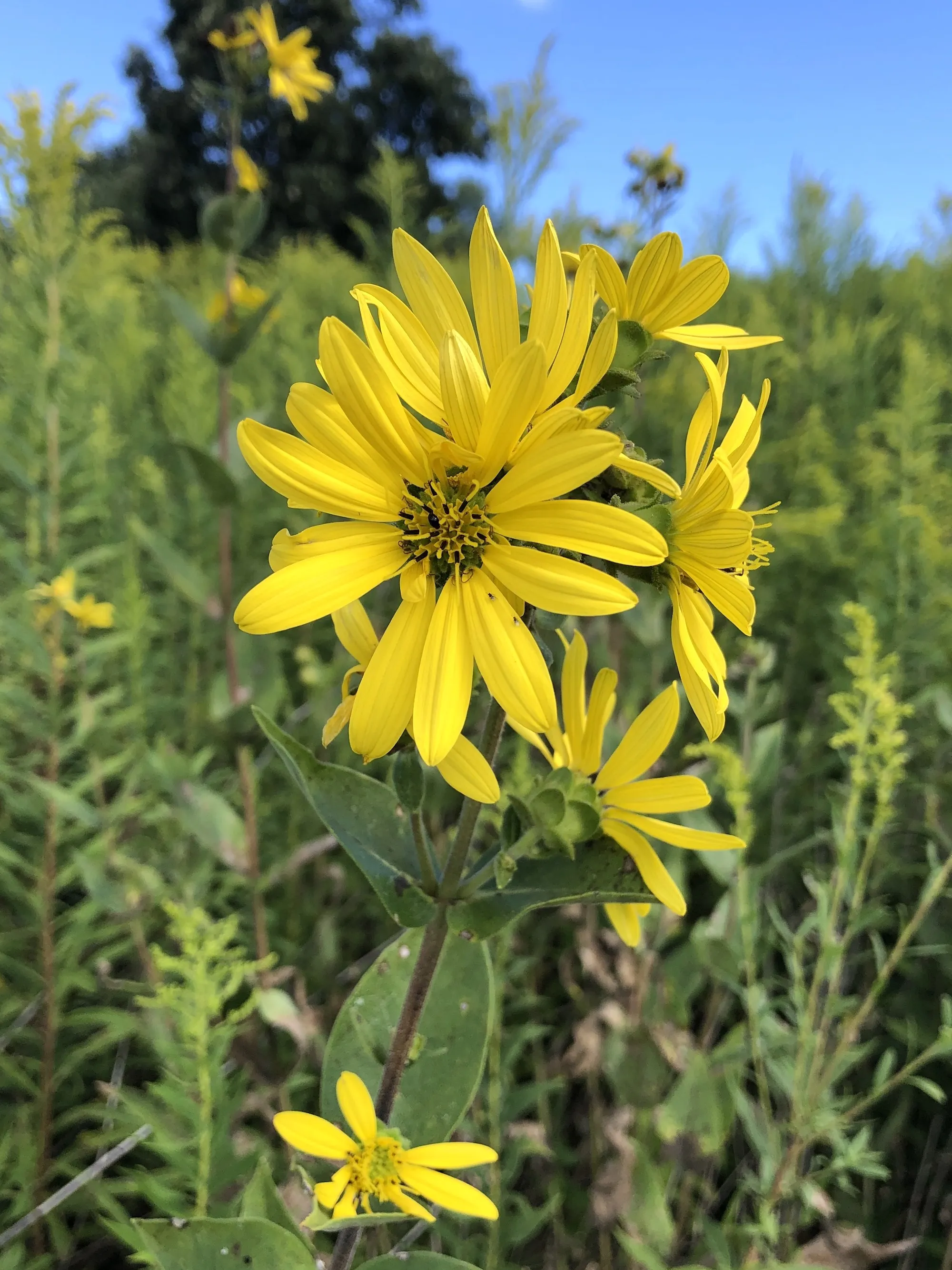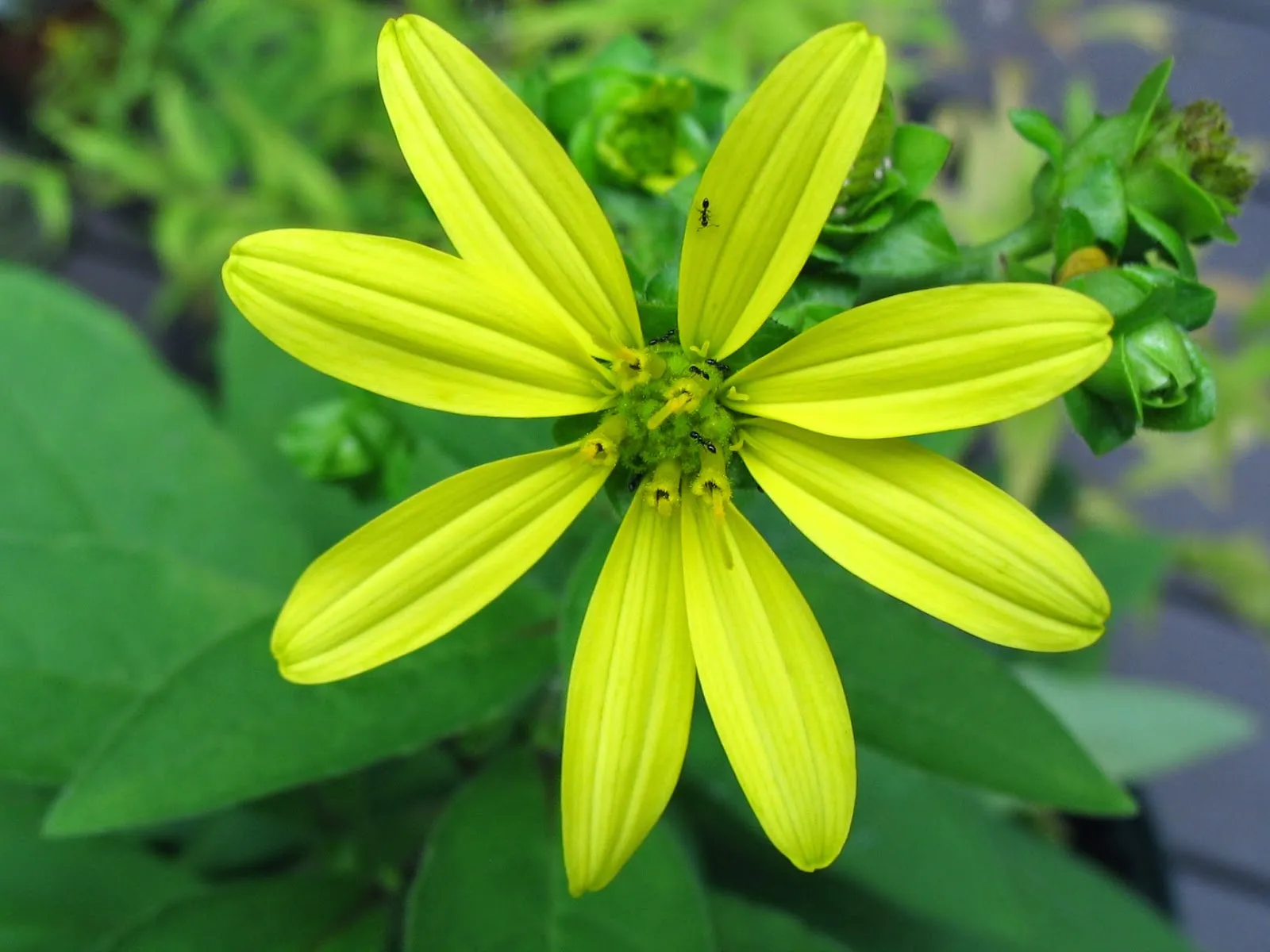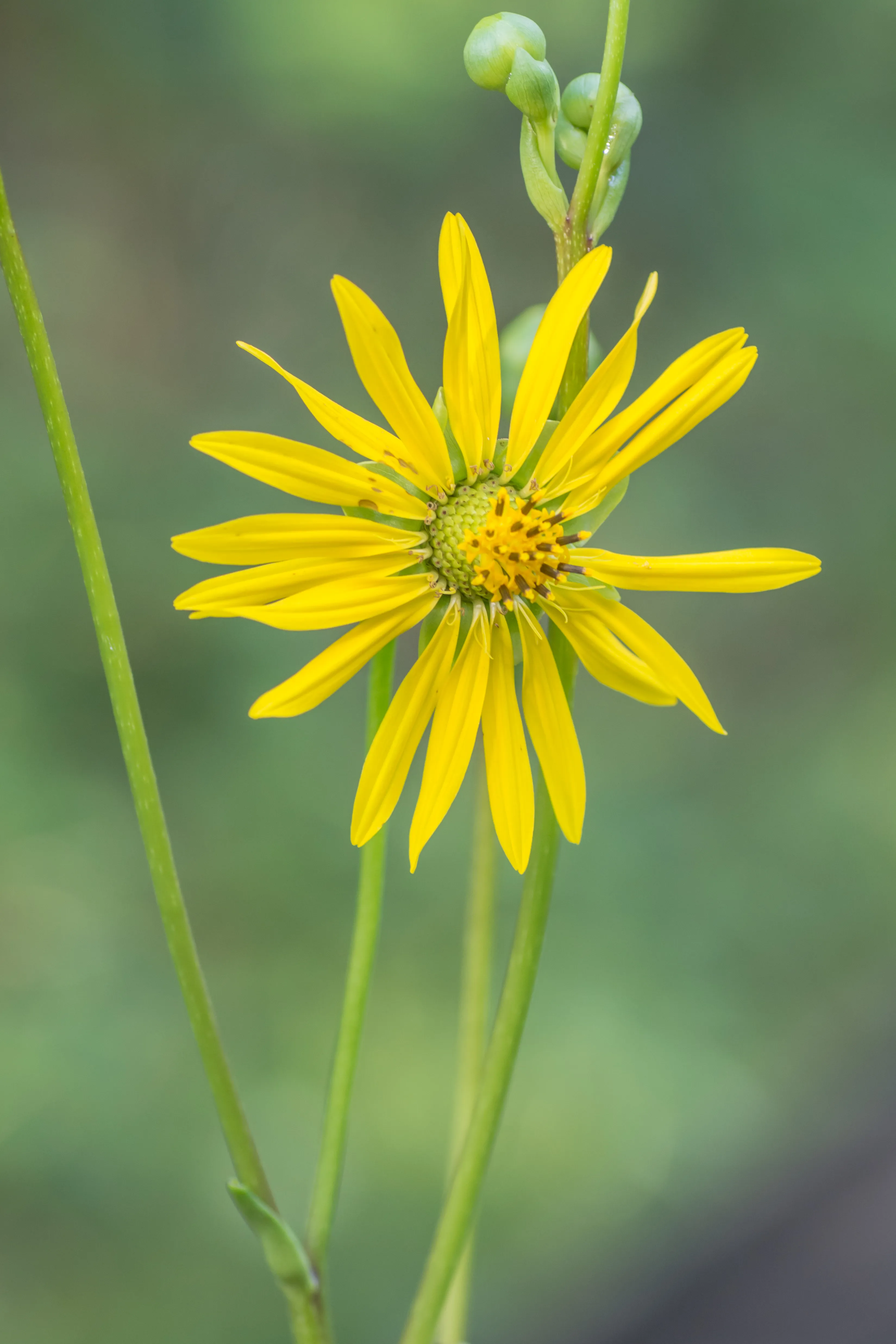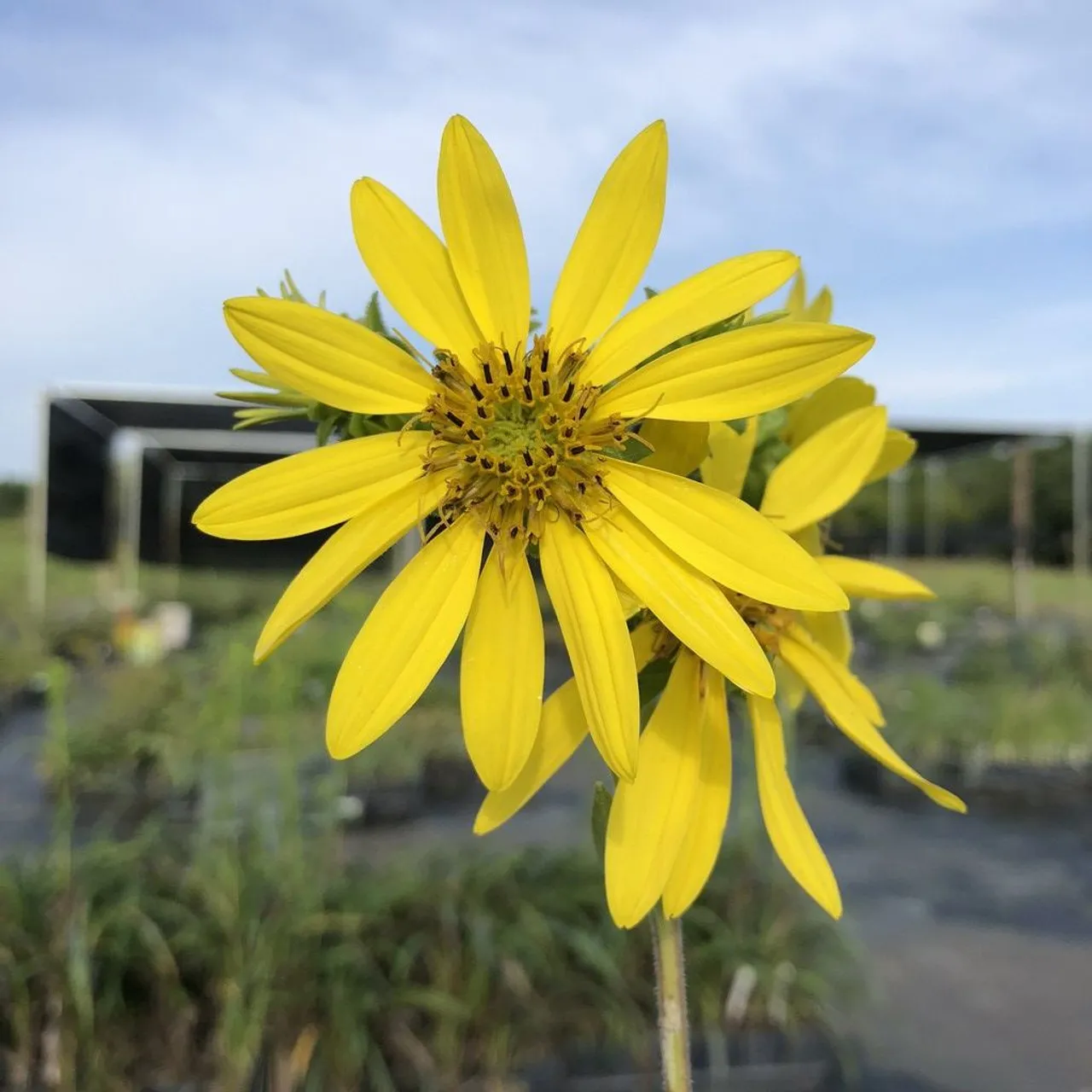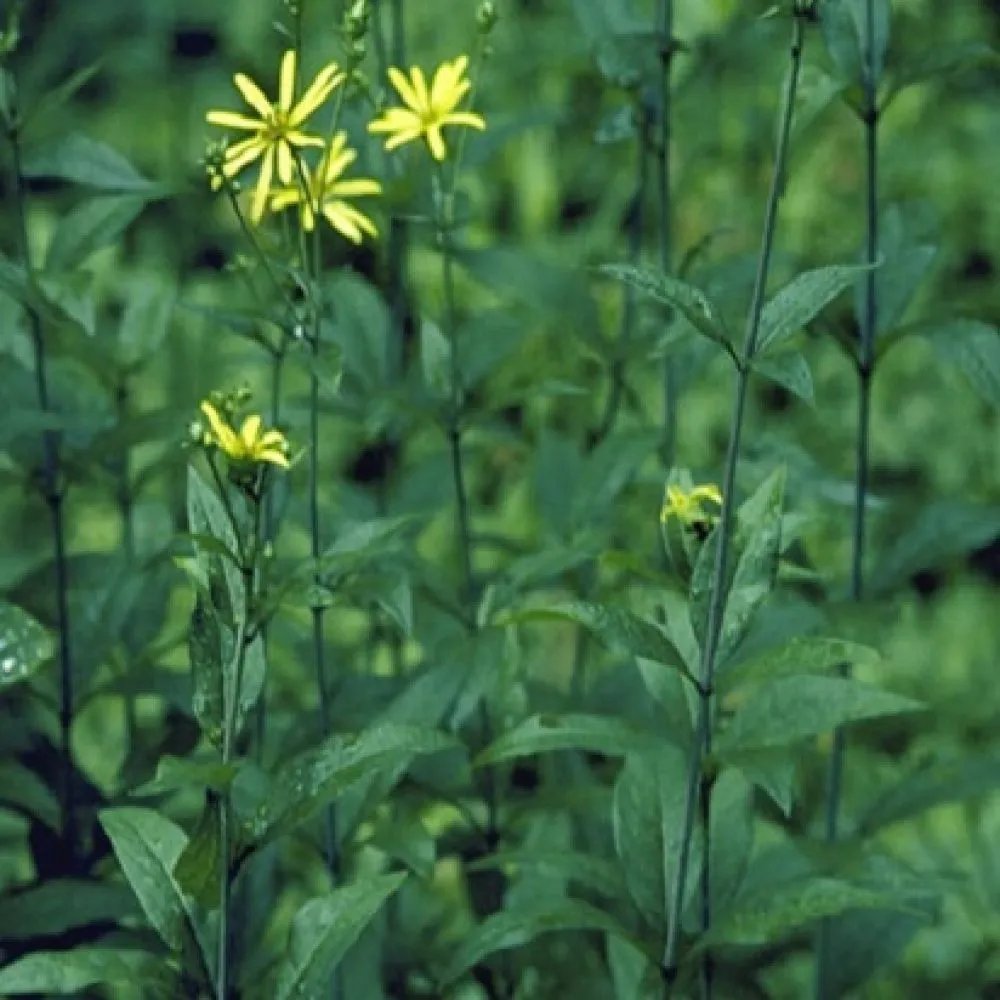Rosinweed: The Yellow Beauty of the Prairies
When it comes to flowers, there are many beautiful species that are commonly known and loved. However, there are also many lesser-known flowers that deserve just as much attention and appreciation. One such flower is rosinweed. With its vibrant yellow petals and unique features, rosinweed is a true gem of the prairies. In this article, we will take a closer look at this fascinating flower, exploring its characteristics, uses, and cultural significance.
What is Rosinweed?
Rosinweed (Silphium integrifolium) is a herbaceous perennial plant that belongs to the Asteraceae family. It is native to North America, where it is found in the central and eastern regions of the United States, as well as in Canada. The plant can grow up to six feet tall and has a stout, hairy stem that is covered in green leaves. Rosinweed blooms in mid to late summer, producing clusters of bright yellow flowers that are about two inches wide. These flowers have a distinctive shape, with a central disk surrounded by ray flowers that resemble petals. After blooming, rosinweed produces seeds that are dispersed by wind or animals.
Characteristics of Rosinweed
Rosinweed is a hardy plant that can tolerate a wide range of soil types and growing conditions. It is often found in prairies, meadows, and open woods, where it can receive plenty of sunlight. The plant's leaves are large and toothed, and they have a rough texture due to the presence of tiny hairs. The stem of rosinweed is also hairy, and it can be quite thick and sturdy. The flowers of rosinweed are its most distinctive feature, with their bright yellow color and unusual shape. The central disk of the flower contains many small flowers that are surrounded by ray flowers that look like petals. The seeds of rosinweed are small and black, and they are enclosed in a fluffy white pappus that helps them to be carried by the wind.
Uses of Rosinweed
Rosinweed has several practical uses, both for humans and for wildlife. Historically, the plant has been used for medicinal purposes by various indigenous groups. For example, the Meskwaki people used rosinweed to treat stomachaches, while the Potawatomi used it as a poultice for wounds. The plant was also used by early European settlers as a tonic for various ailments. In addition to its medicinal properties, rosinweed is also an important source of food for many species of wildlife. The plant's leaves and stems are consumed by deer, rabbits, and other herbivores, while its flowers provide nectar for bees, butterflies, and other pollinators. The seeds of rosinweed are also eaten by birds such as goldfinches and sparrows.
Cultural Significance of Rosinweed
Rosinweed has played an important role in the cultural history of North America, particularly among indigenous groups. For example, the Meskwaki people used the plant in their ceremonies, believing that it had spiritual and healing properties. The plant was also used by the Potawatomi as a symbol of strength and endurance, and it was often incorporated into their artwork and crafts. Today, rosinweed continues to be an important symbol of the prairies and the natural world. It is often used in landscaping and gardening, as its bright yellow flowers add a splash of color to gardens and meadows. The plant is also a popular subject for artists and photographers, who are drawn to its unique beauty and vibrant color.
How to Grow Rosinweed
If you are interested in growing rosinweed in your garden or yard, there are a few things to keep in mind. First, the plant prefers full sun and well-drained soil, so be sure to choose a location that receives plenty of sunlight and has good drainage. You can start rosinweed from seed, or you can purchase young plants from a nursery. When planting, be sure to space the plants about two feet apart to allow for their mature size. Once your rosinweed is established, it will require minimal care. The plant is drought-tolerant and does not require frequent watering, although it will benefit from occasional fertilization. You can also remove any dead or damaged foliage to keep the plant looking neat and tidy.
Conclusion
Rosinweed may not be the most well-known flower, but it is certainly one of the most unique and beautiful. With its bright yellow petals and distinctive shape, this plant is a true gem of the prairies. Whether you are interested in its medicinal properties, its importance to wildlife, or its cultural significance, rosinweed is a fascinating and valuable plant that deserves to be appreciated and protected.
Frequently asked questions about Rosinweed wallpapers
What is Rosinweed?
Rosinweed is a type of flowering plant that is native to North America. It is known for its tall stature and bright yellow flowers.
How many Rosinweed pictures do you have on your website?
We currently have 44 high-quality Rosinweed pictures available for download on our website.
What is the category of Rosinweed pictures on your website?
All of our Rosinweed pictures are categorized under "Flowers" on our website.
Can I download Rosinweed pictures for free on your website?
Yes, all of our Rosinweed pictures are available for free download on our website.
In which file types can I download Rosinweed pictures?
You can download Rosinweed pictures in three different file types: .jpg, .png, and .webp.
Can I choose different sizes for Rosinweed pictures?
Yes, you can choose different sizes (width and height) for Rosinweed pictures before downloading them.
Do you automatically detect the visitor's mobile screen size and choose the right size for them?
Yes, our website automatically detects the visitor's mobile screen size and chooses the right size for them to ensure a smooth and optimal user experience.
Are the Rosinweed pictures on your website copyright-free?
Yes, all of our Rosinweed pictures are copyright-free and available for personal and commercial use.
Do I need to credit your website when using Rosinweed pictures for commercial use?
No, you do not need to credit our website when using Rosinweed pictures for commercial use. However, we always appreciate it when our website is credited.
Can I share Rosinweed pictures downloaded from your website on social media?
Yes, you can share Rosinweed pictures downloaded from our website on social media. We only ask that you credit our website if possible.



